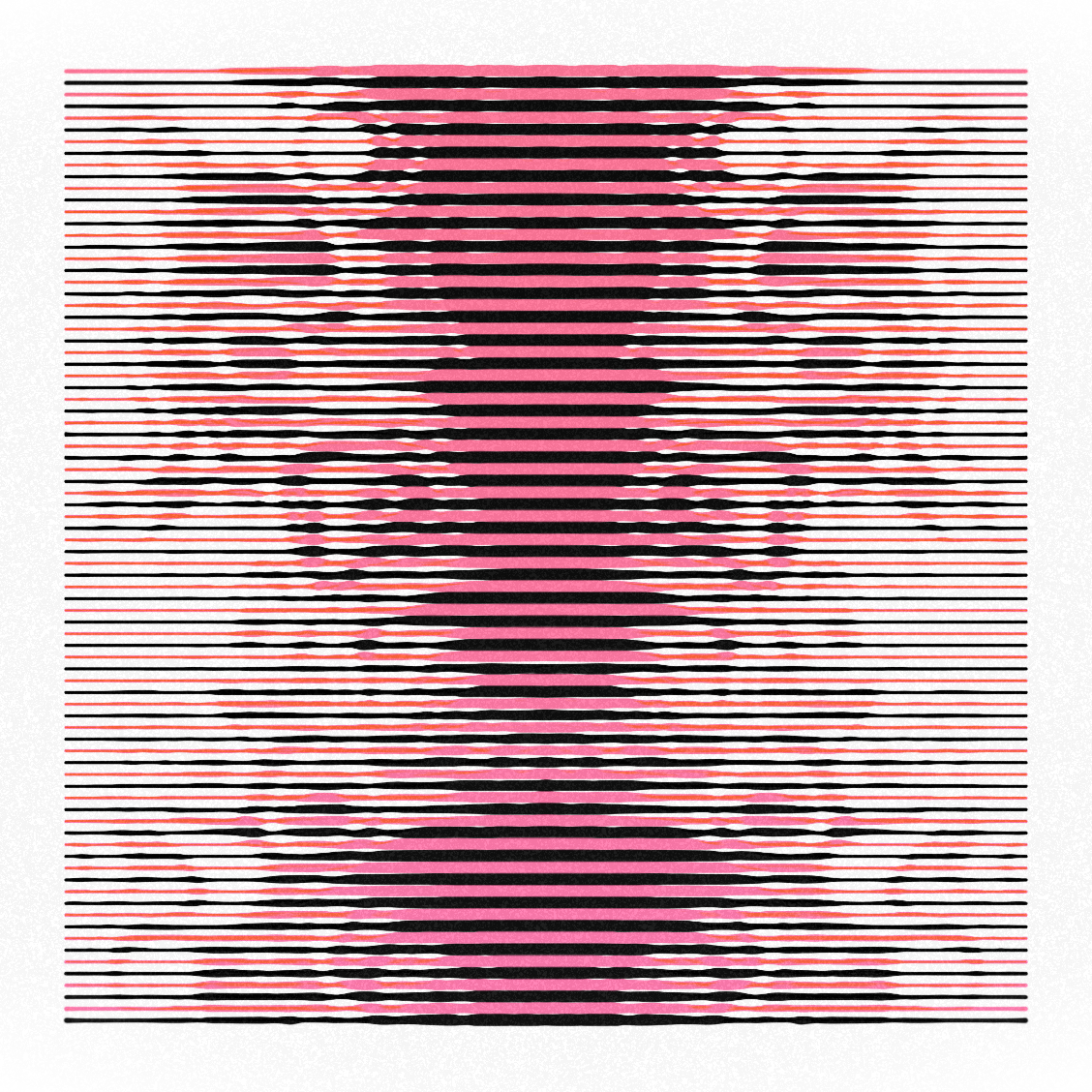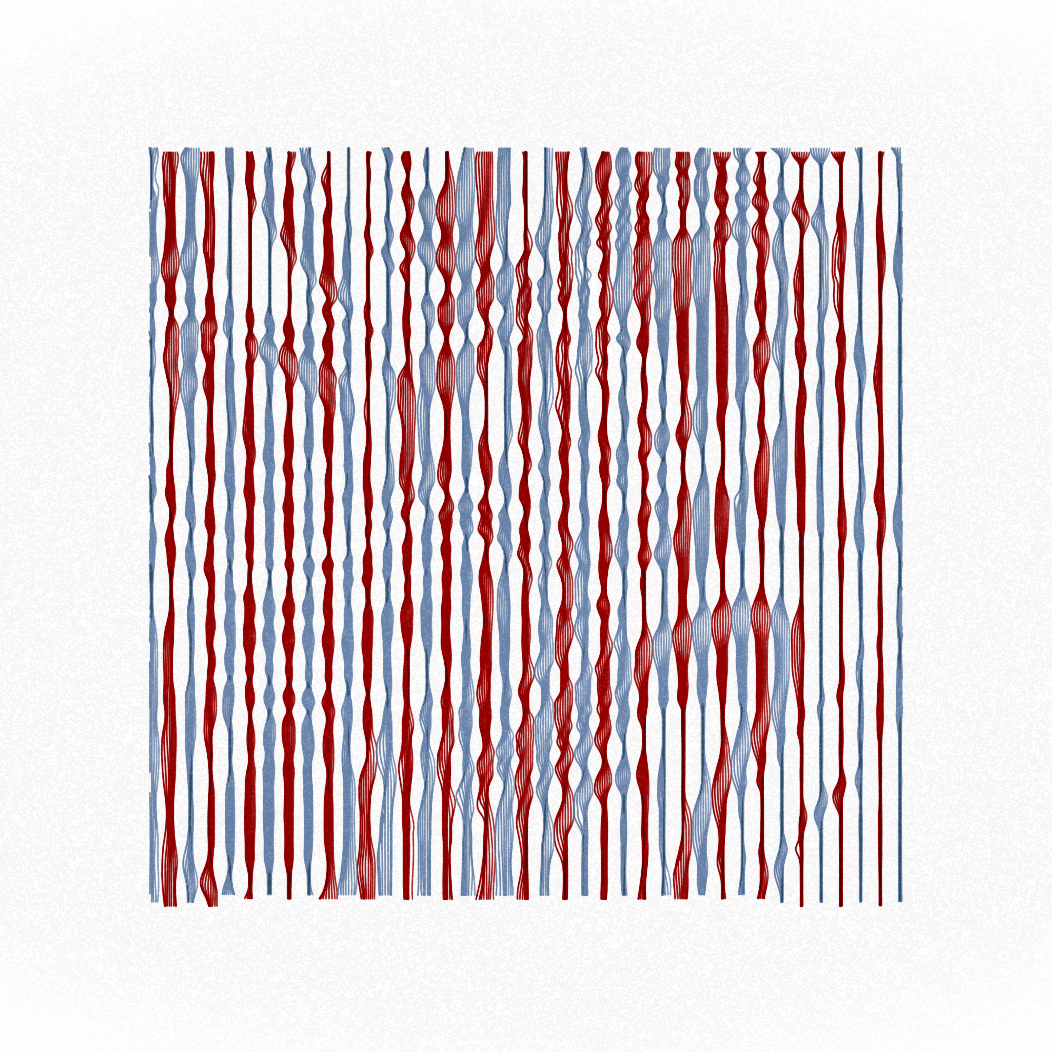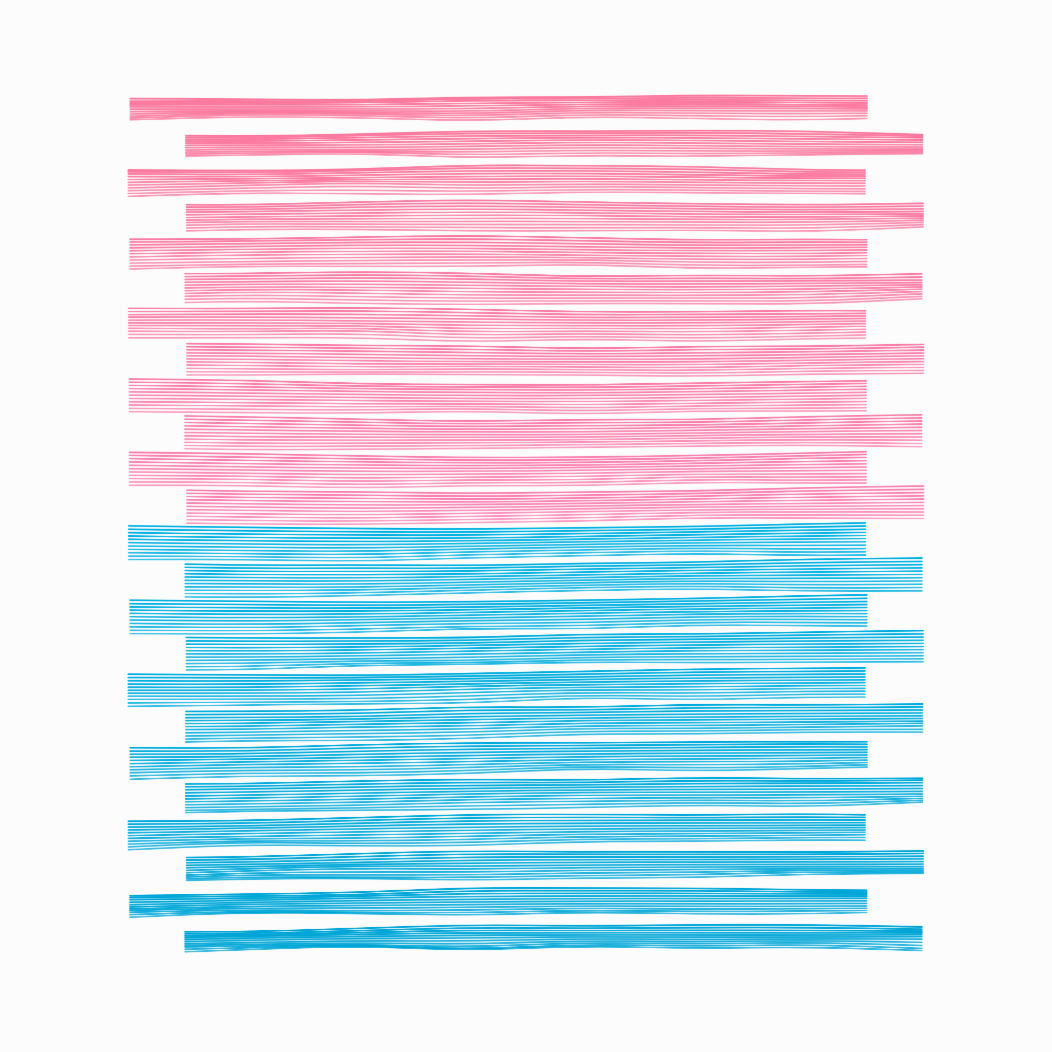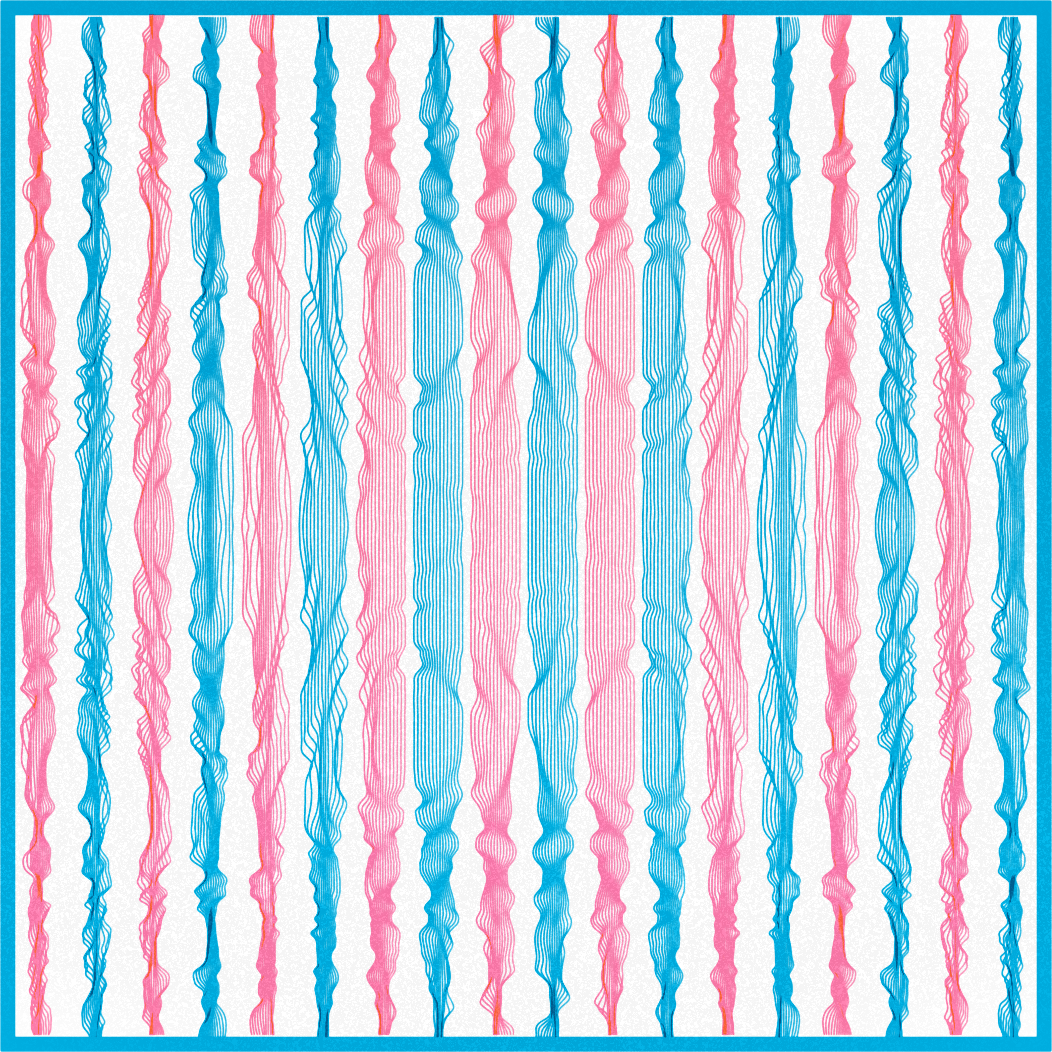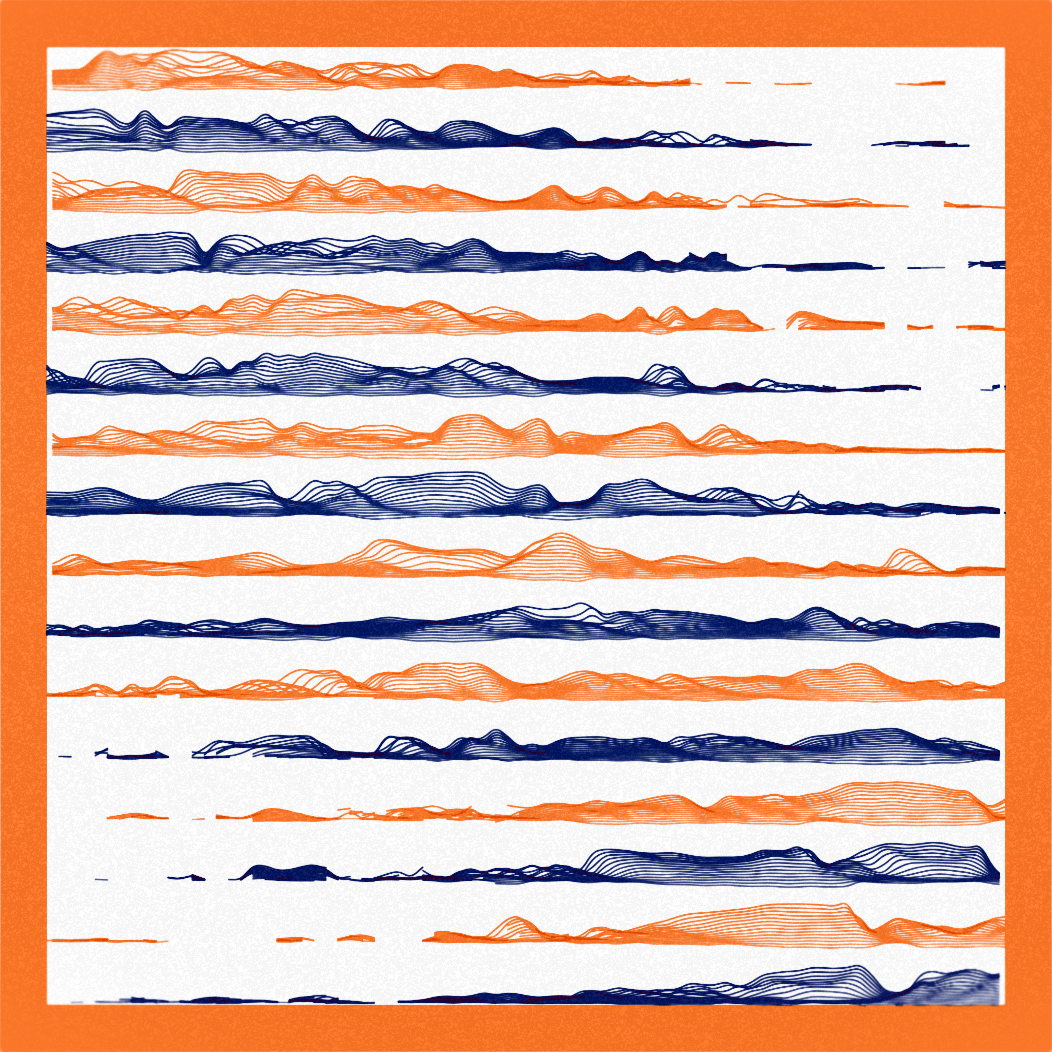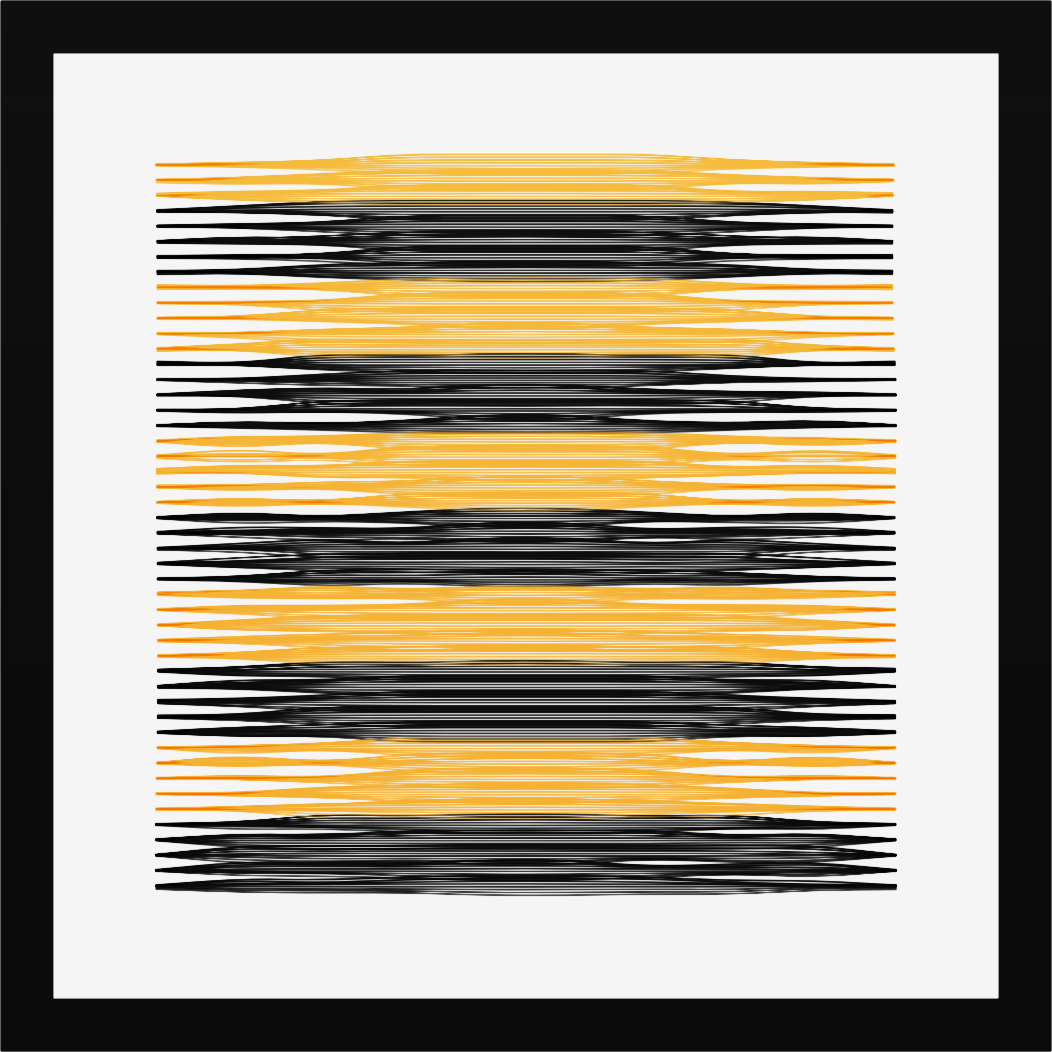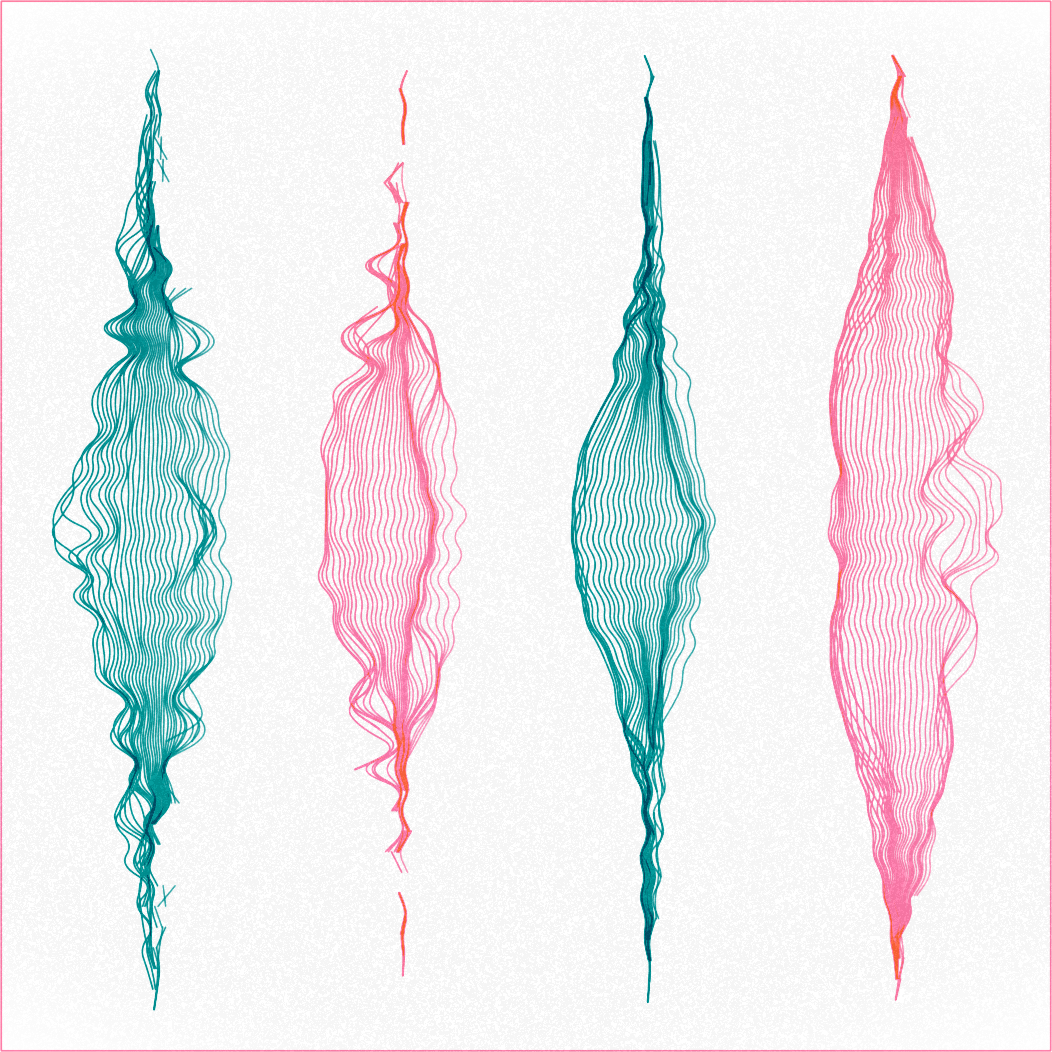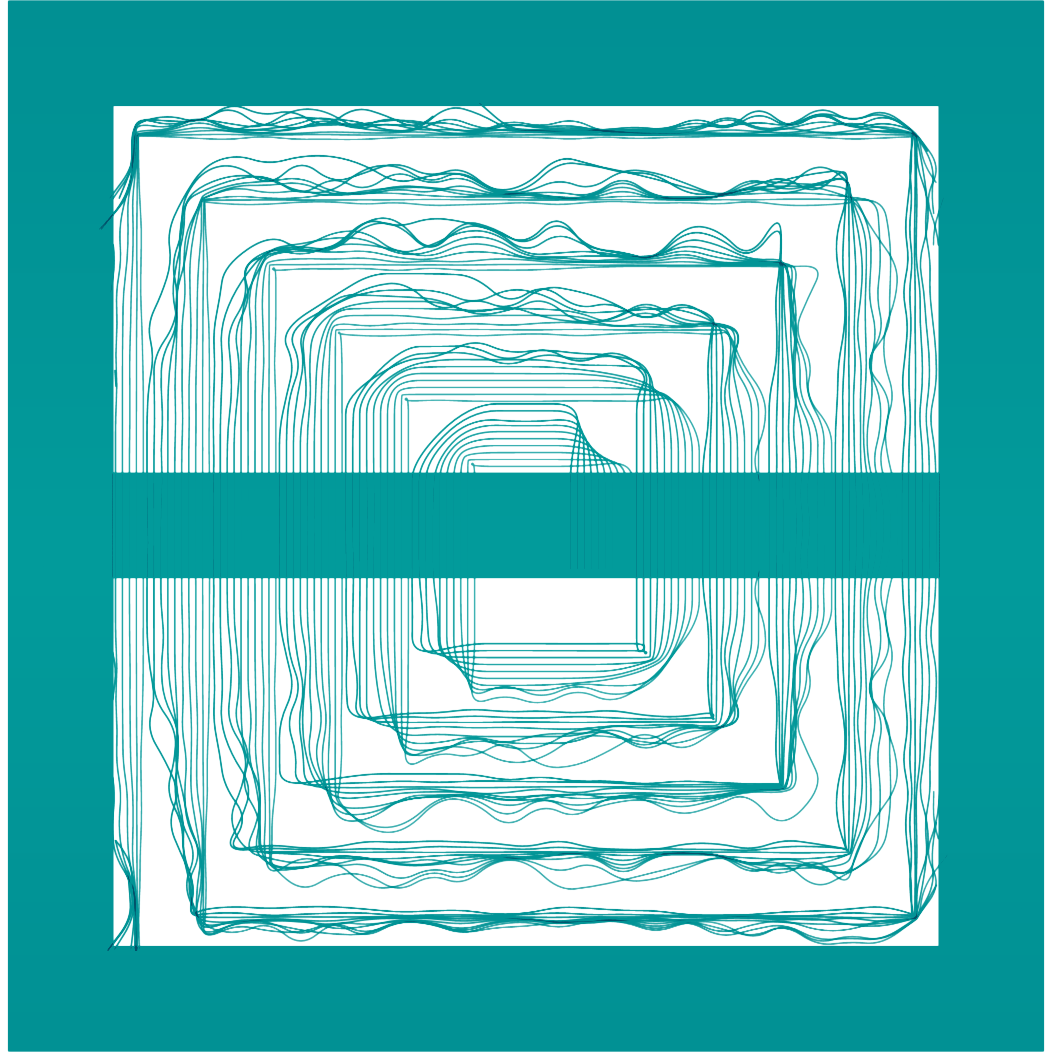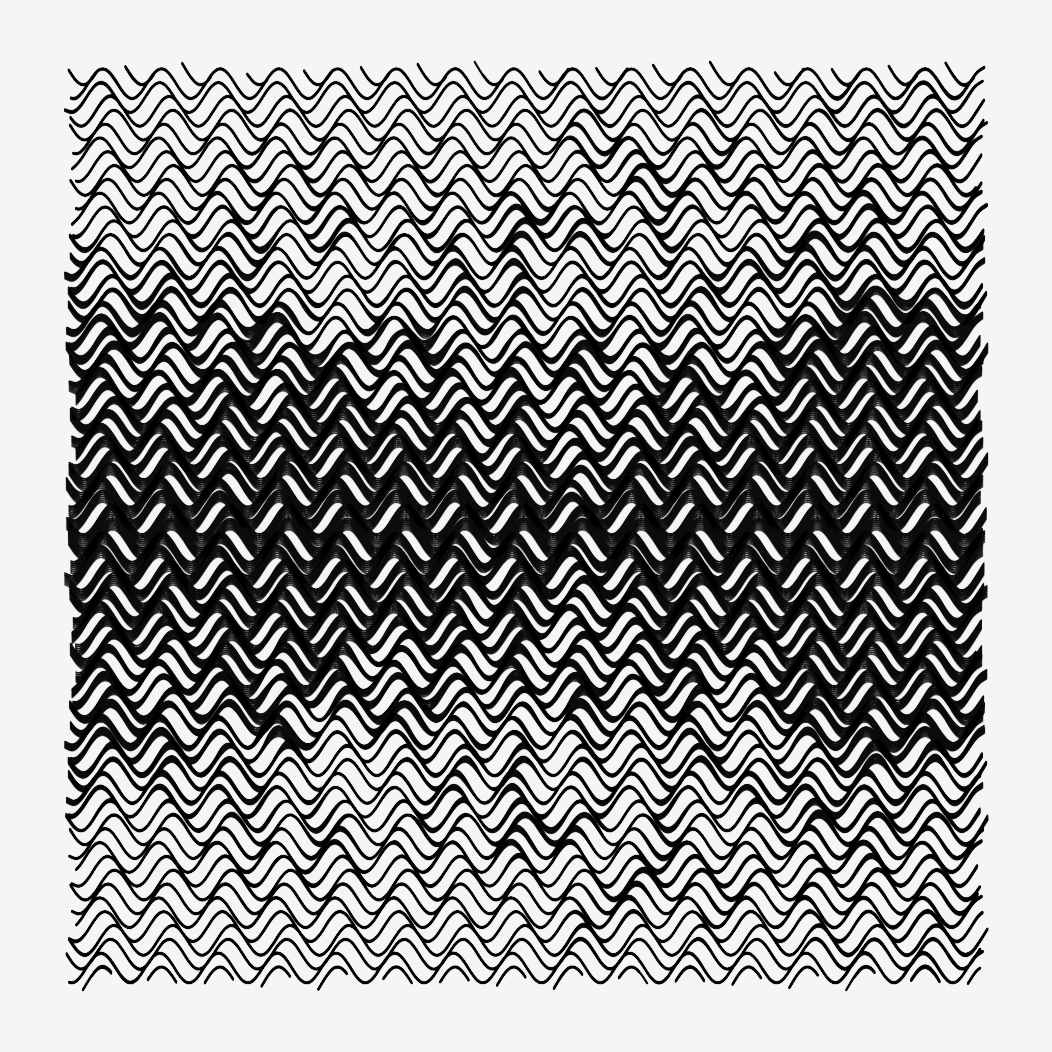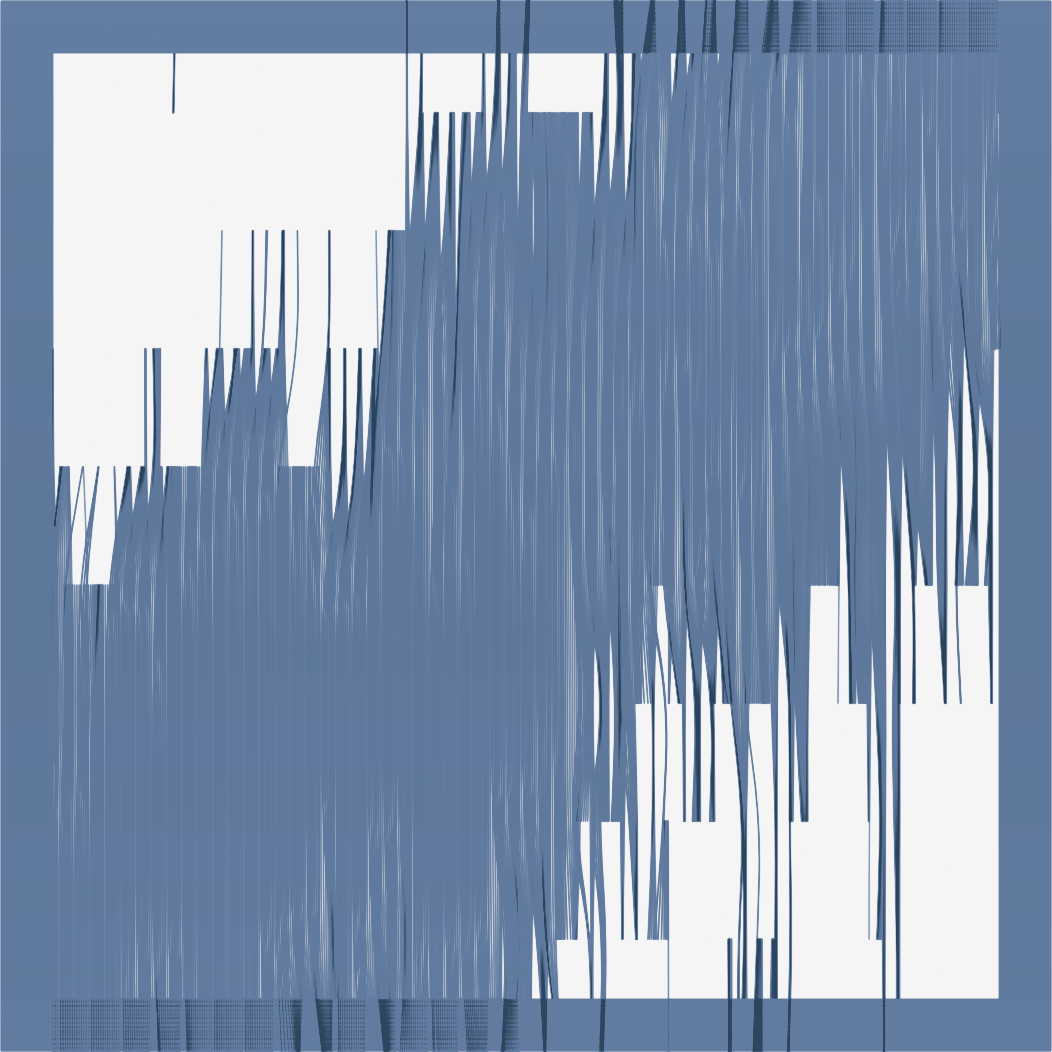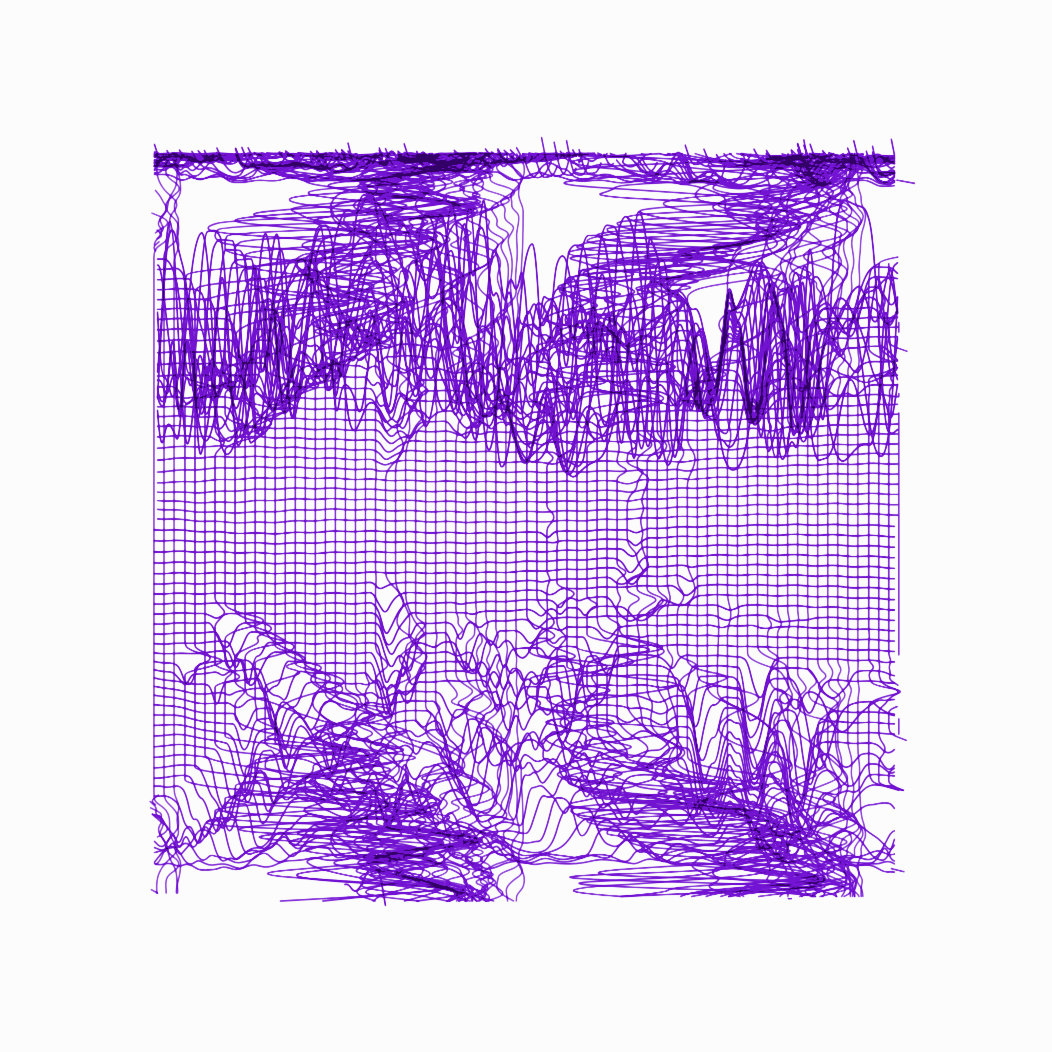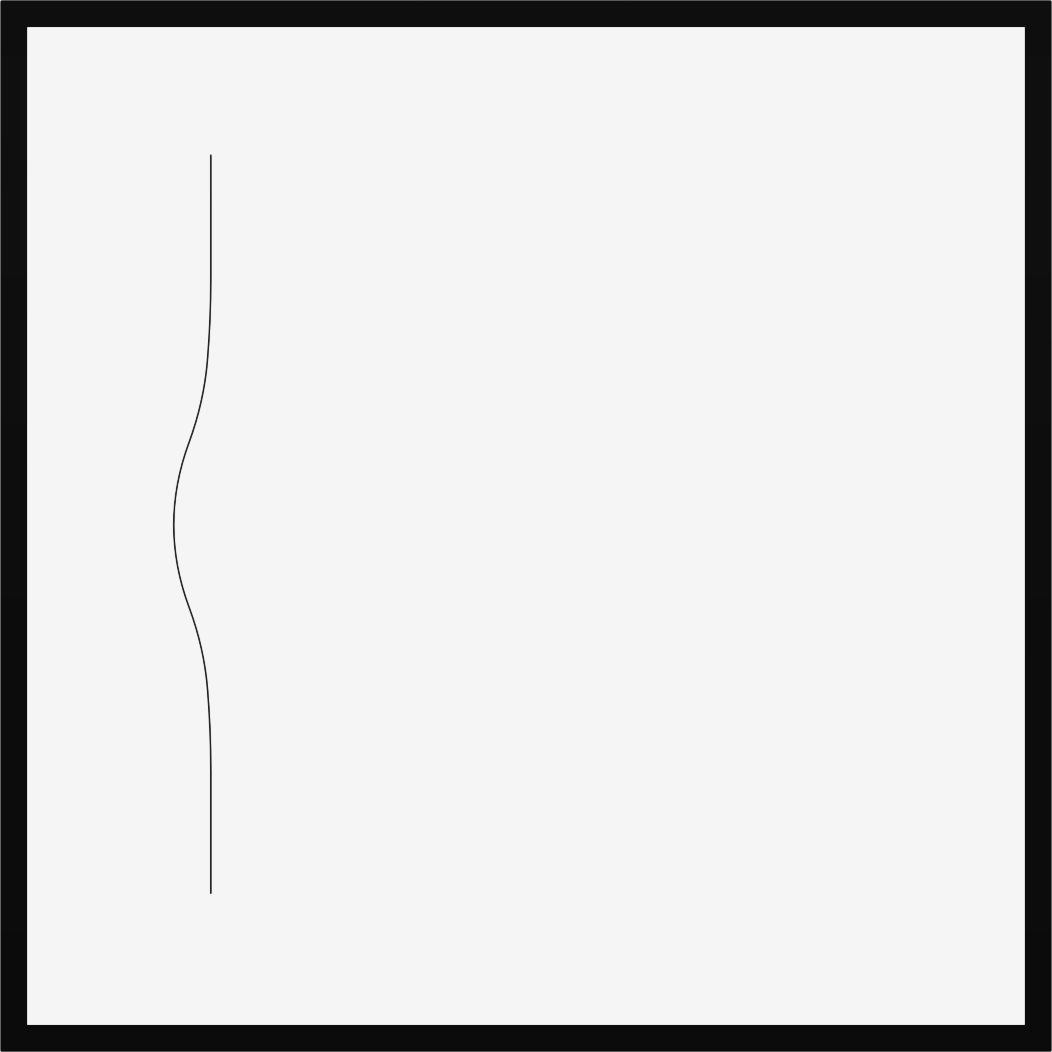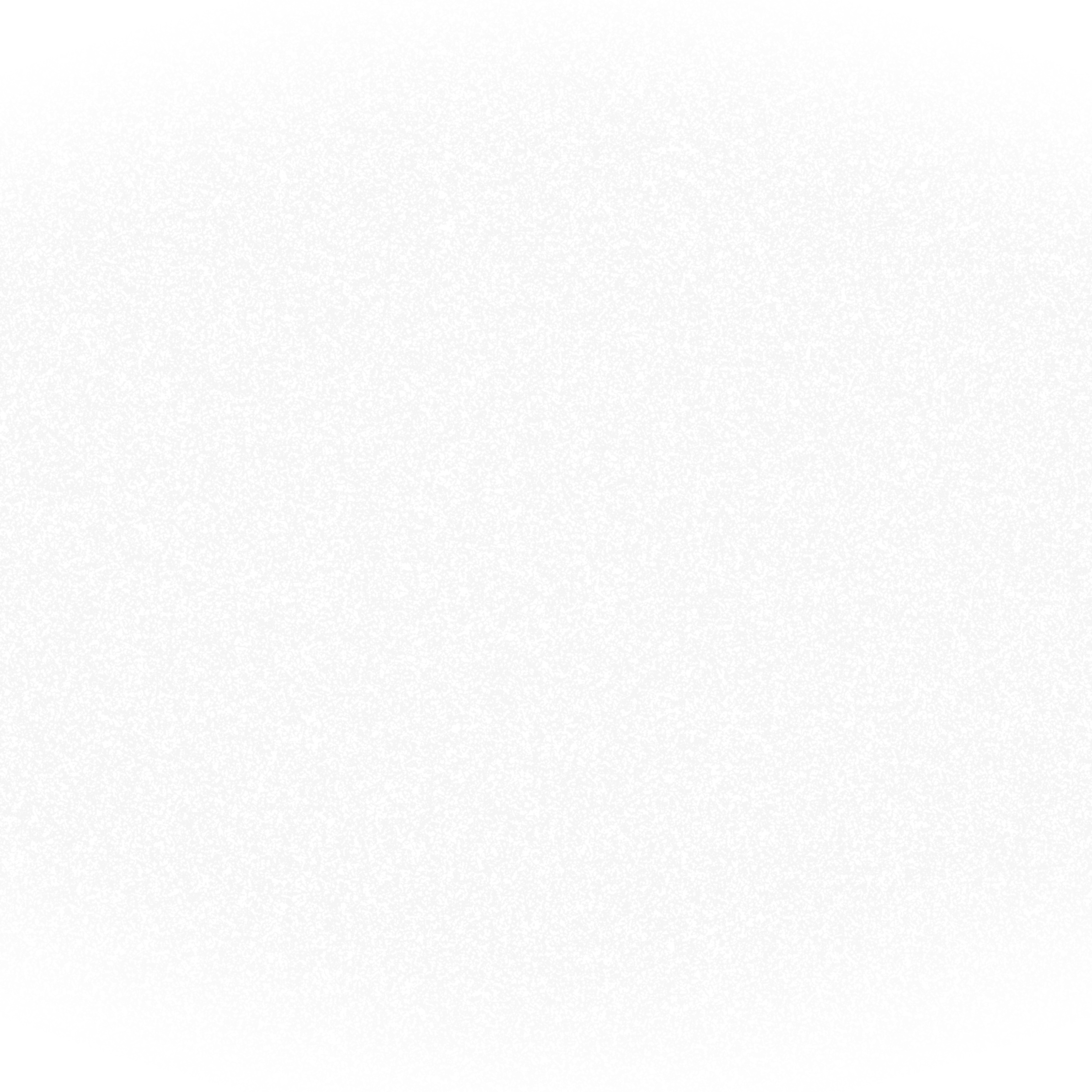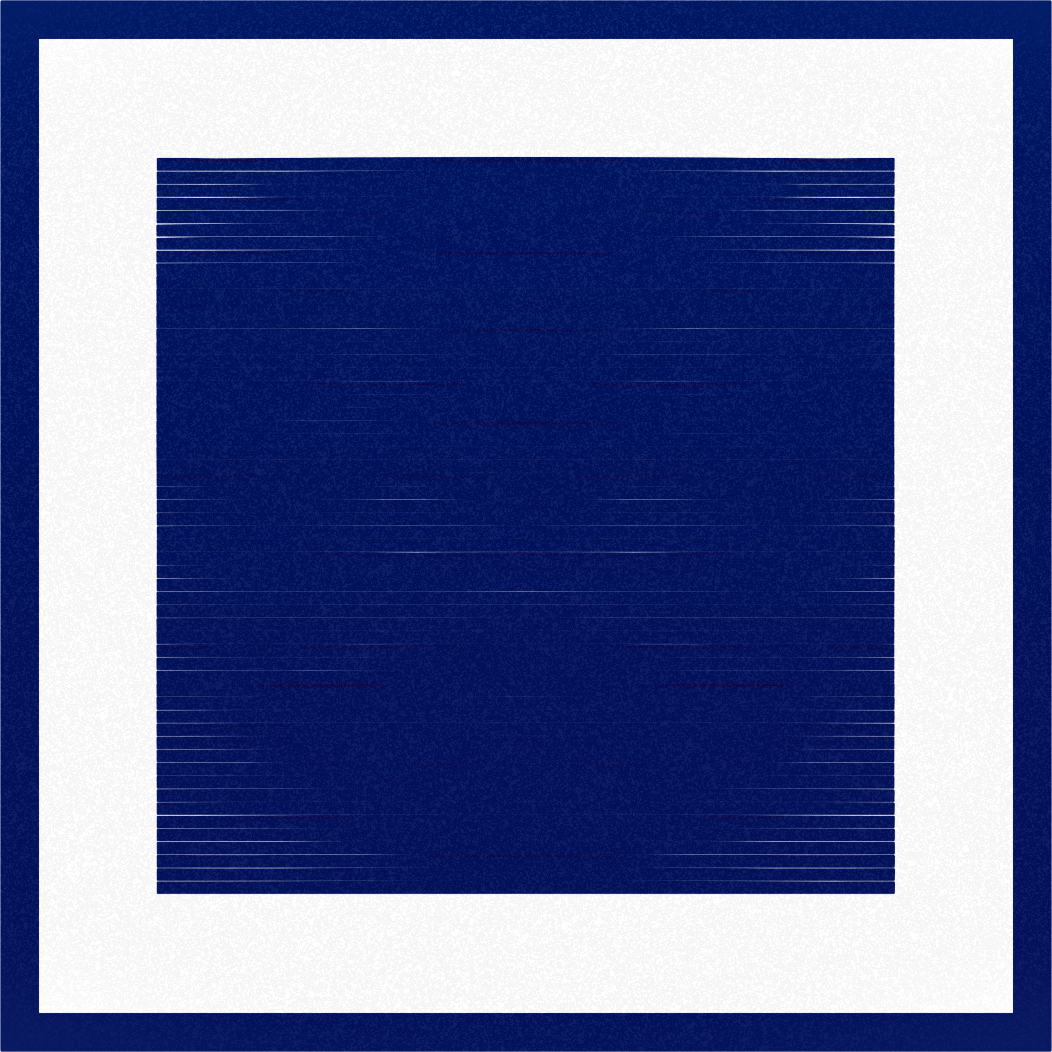- Pre-release article
- Post article: Part 1: covering the rarity aspects
- Post article: Part 2: covering the future plots
🤗 The ethblock.art BlockStyle 'Pattern 03' sold out yesterday in only 2 hours with 888 pieces. I still can't believe it. There are no words to describe how thankful I am for all your support. THANK YOU!
You can browse through the mints on https://ethblock.art/style/32.
As a first disclaimer, I will have to say it's nearly impossible to cover in this article all of the 888 or even to classify them, there are amazing discoveries. I will highlight some of them.
Rarity in ethblock.art
With ethblock.art there is always a search for the rare piece. This happens because everyone wants to find the pearl that no one will have, the one that will be unique among them all. Nevertheless, the rarity often appears where no one expected. There is also a bit of game theory at play here: if everyone mints the same rarity, it's not reeeaaally rare anymore in the final collection. What makes a great piece ultimately is the general composition and the (relative) beauty of the piece. I would always recommend not necessarily to search for the "rarity by design" (by the BlockStyle creator rules) but to find something that you like with all these components at play.
In the case of 'Pattern 03', some very cool patterns emerged. Symmetry plays an important role to reveal it, like in Nature.
The metadata of OpenSea are still loading as we speak but I'm going to highlight a small analysis of what happened with some of the picks to explain it.
Designed rarity of Pattern 03
There were a few elements that were covered yesterday (check the Pre-release article) and that took an important part yesterday.
Crosshatch shape
This shape has been used relatively popularly as it's quite rare.
Here are many examples:
#6824 BY BITSIKKA.ETH 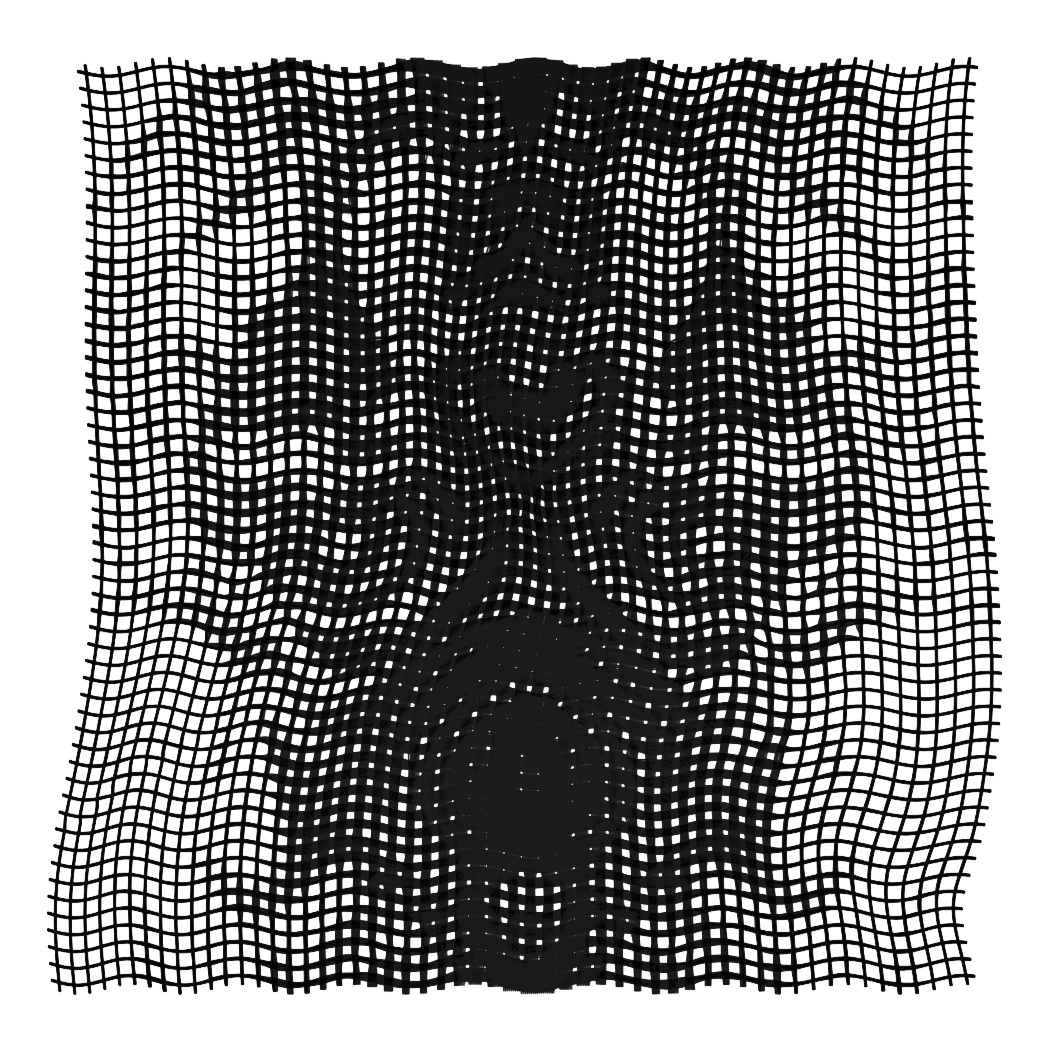 #6739 BY 0X8A53...63CF
#6739 BY 0X8A53...63CF  #6813 BY 0XE20A...866E
#6813 BY 0XE20A...866E 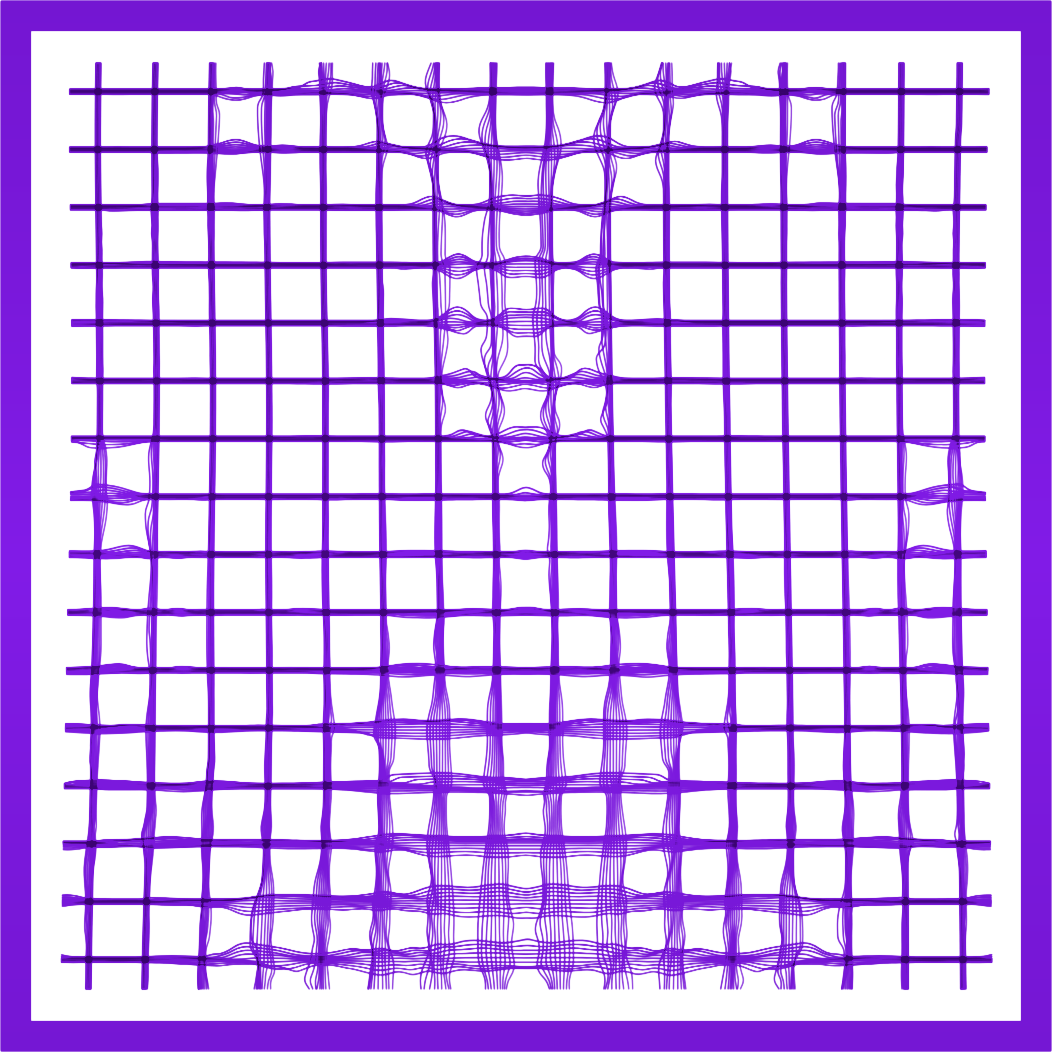 #6807 BY J0RDAN.ETH
#6807 BY J0RDAN.ETH 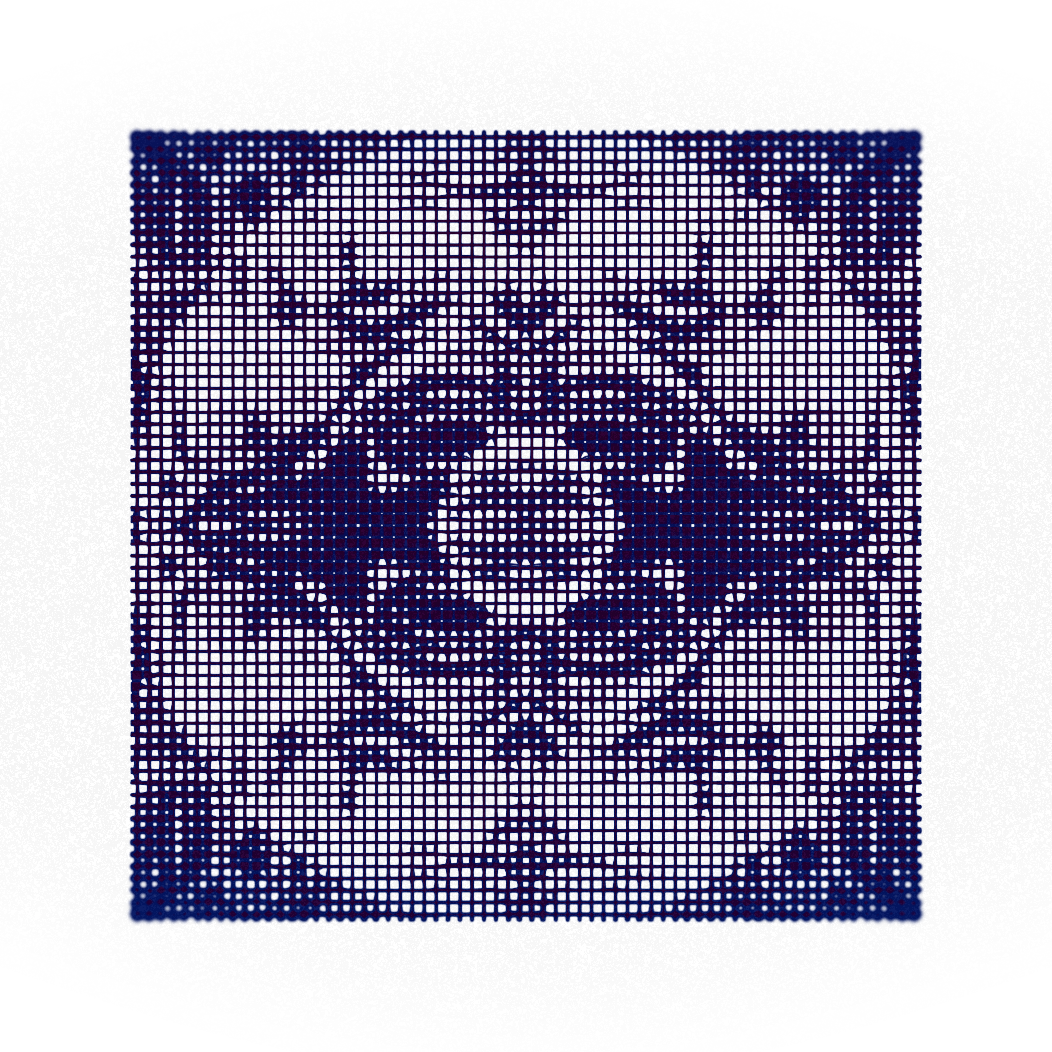 #6931 BY SETANIMALS.ETH
#6931 BY SETANIMALS.ETH 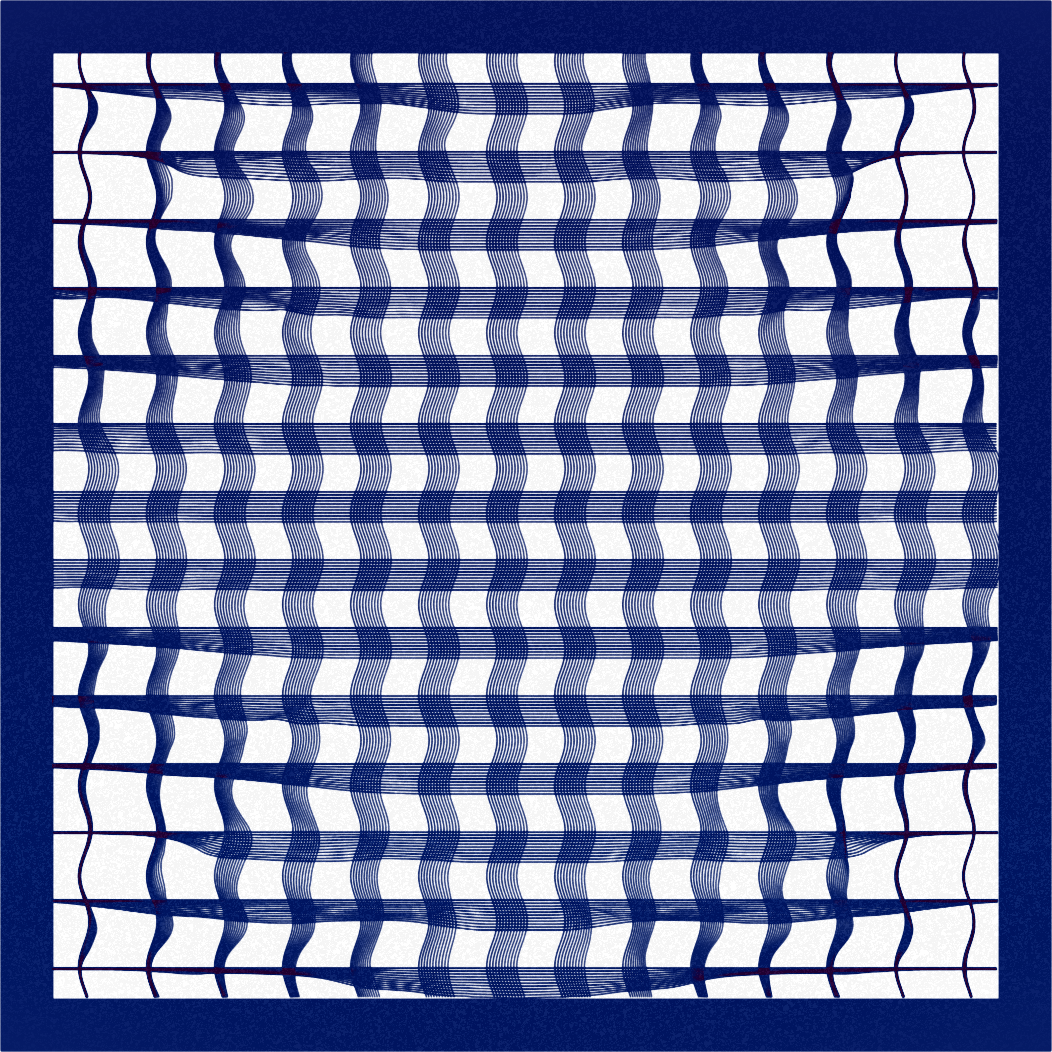 #6611 BY KLEINTONNO.ETH
#6611 BY KLEINTONNO.ETH 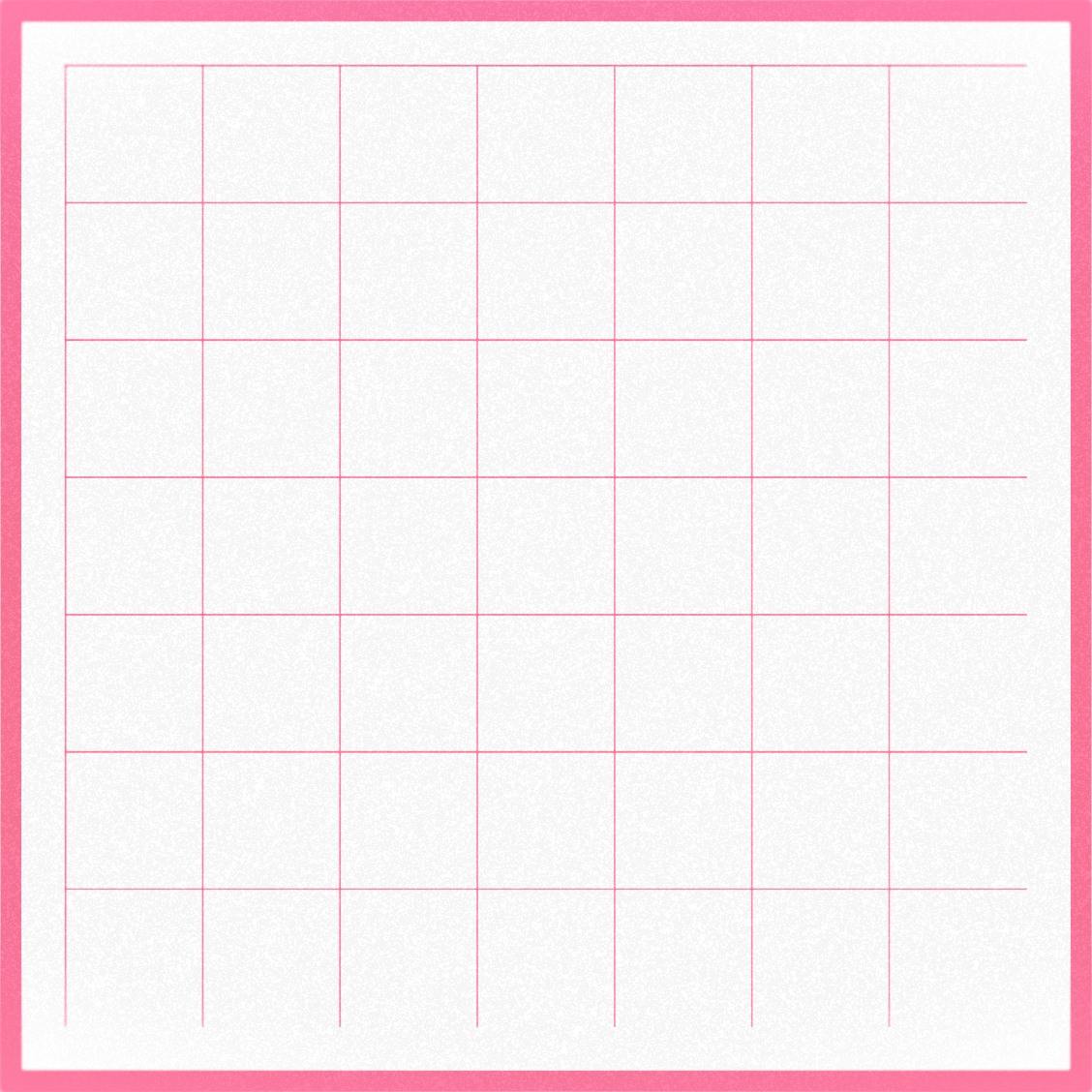
The symmetry
Symmetry helped a lot on revealing some human / animals patterns and let me highlight some.
#6991 BY 0X5A17...4A17  #6958 BY 0XB84D...04D3
#6958 BY 0XB84D...04D3 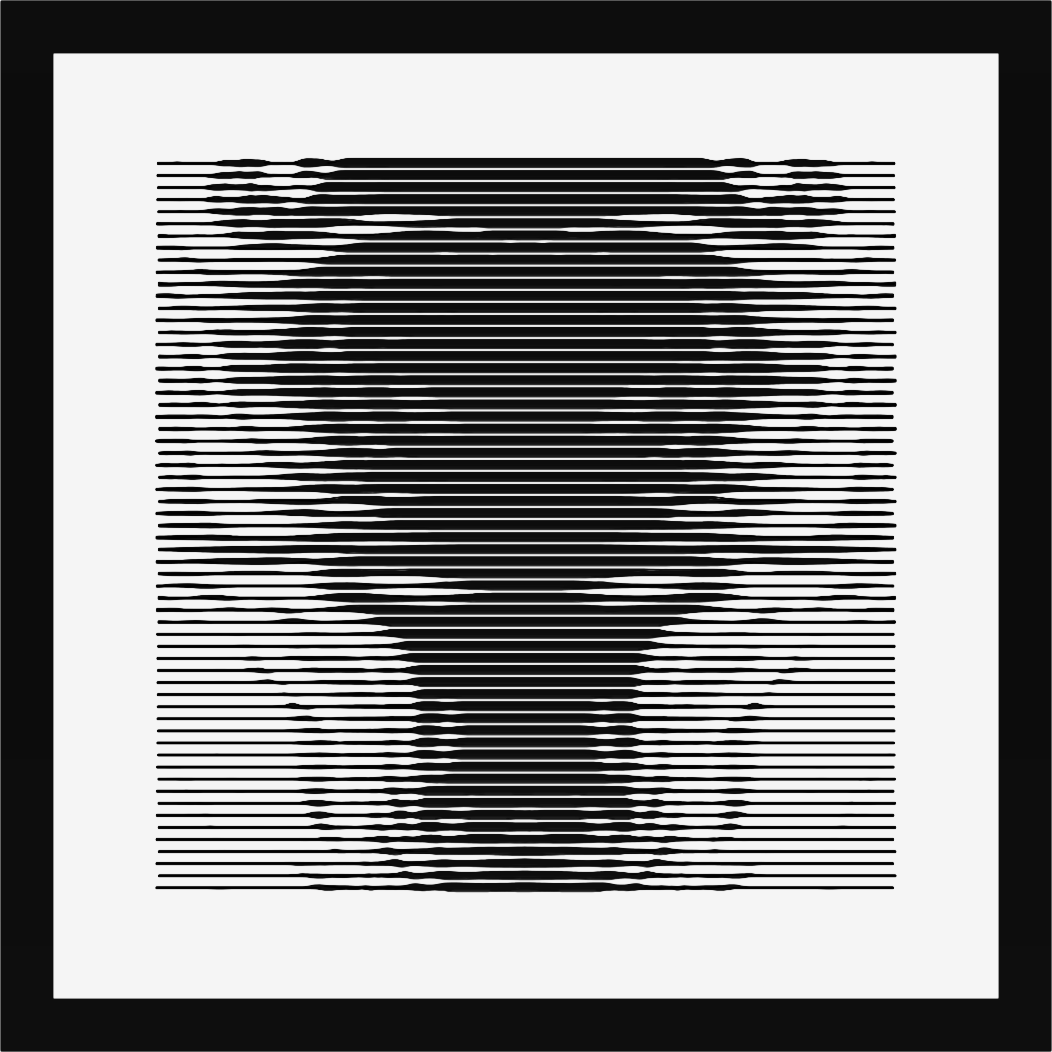 #6766 BY BITSIKKA.ETH
#6766 BY BITSIKKA.ETH 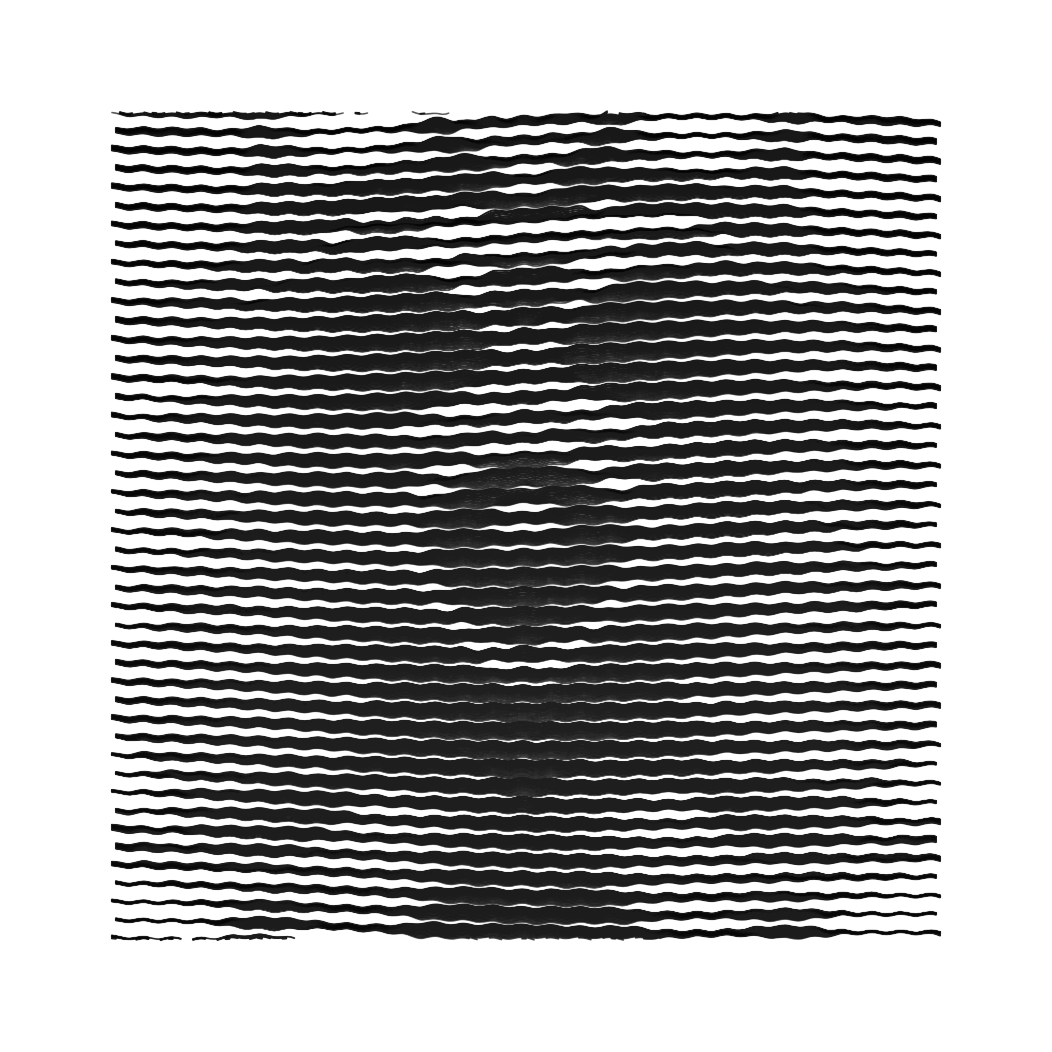 #6776 BY 0XB8BA...F556
#6776 BY 0XB8BA...F556 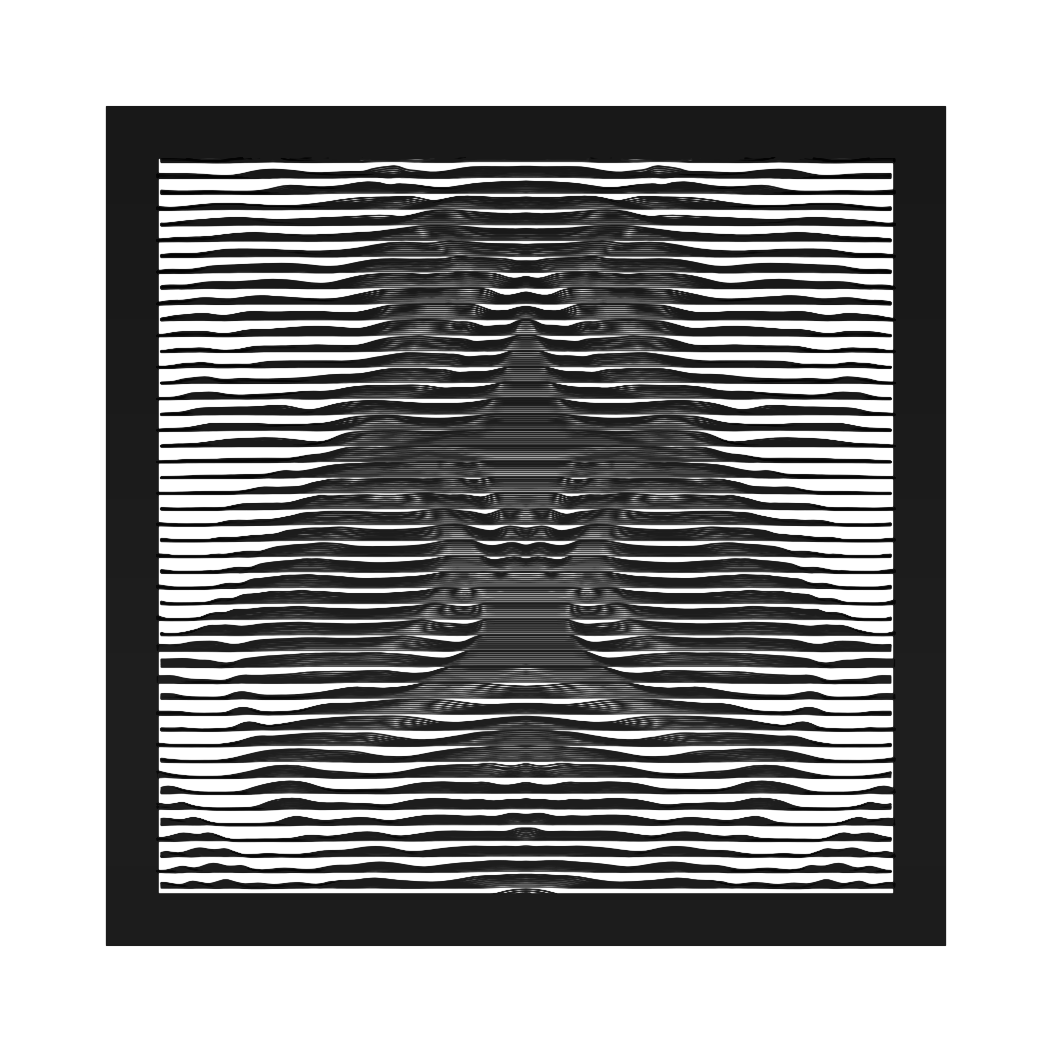 #6778 BY 0X27F8...269B
#6778 BY 0X27F8...269B 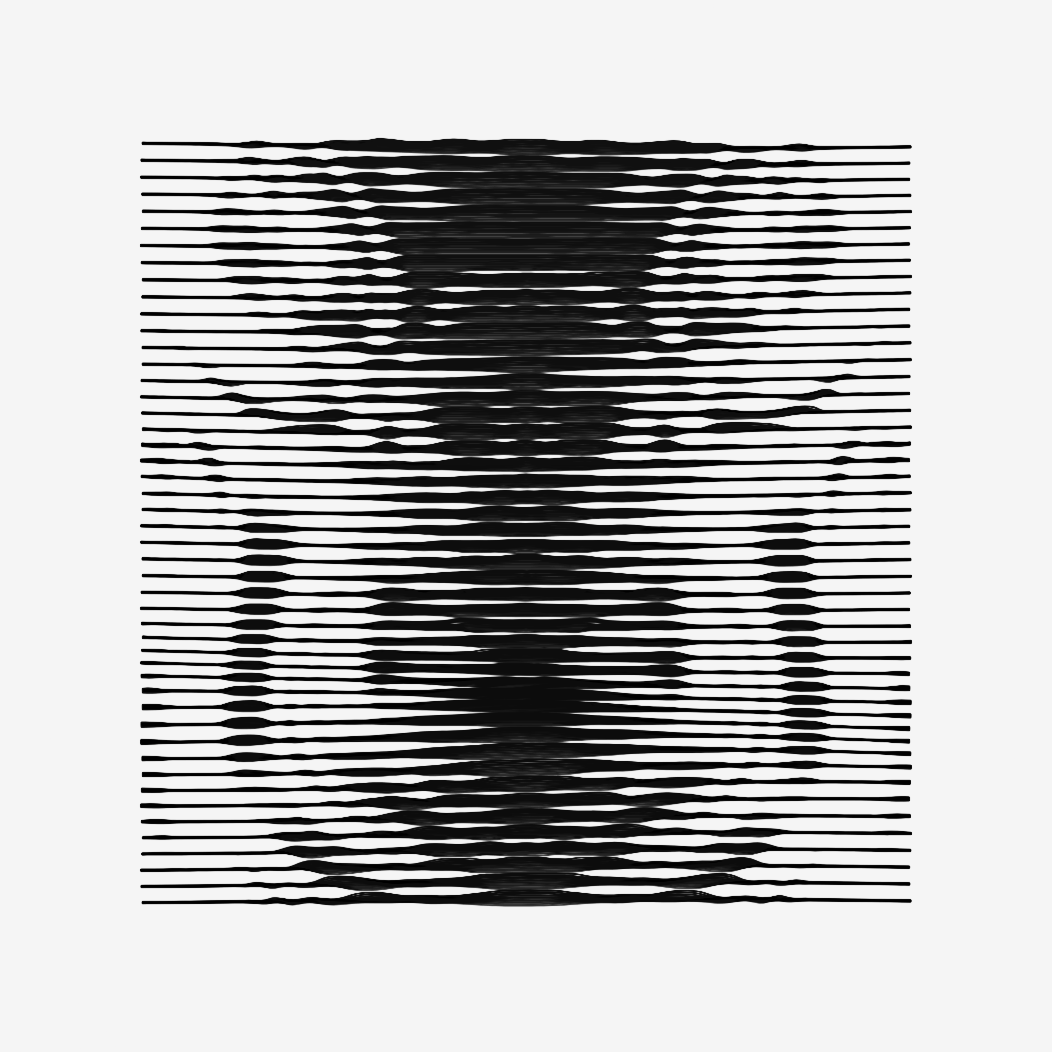 #6766 BY BITSIKKA.ETH
#6766 BY BITSIKKA.ETH  #7154 BY 0X2D55...8034
#7154 BY 0X2D55...8034  #6808 BY 0X3037...CF6E
#6808 BY 0X3037...CF6E  #6817 BY 0XE63E...1D85
#6817 BY 0XE63E...1D85 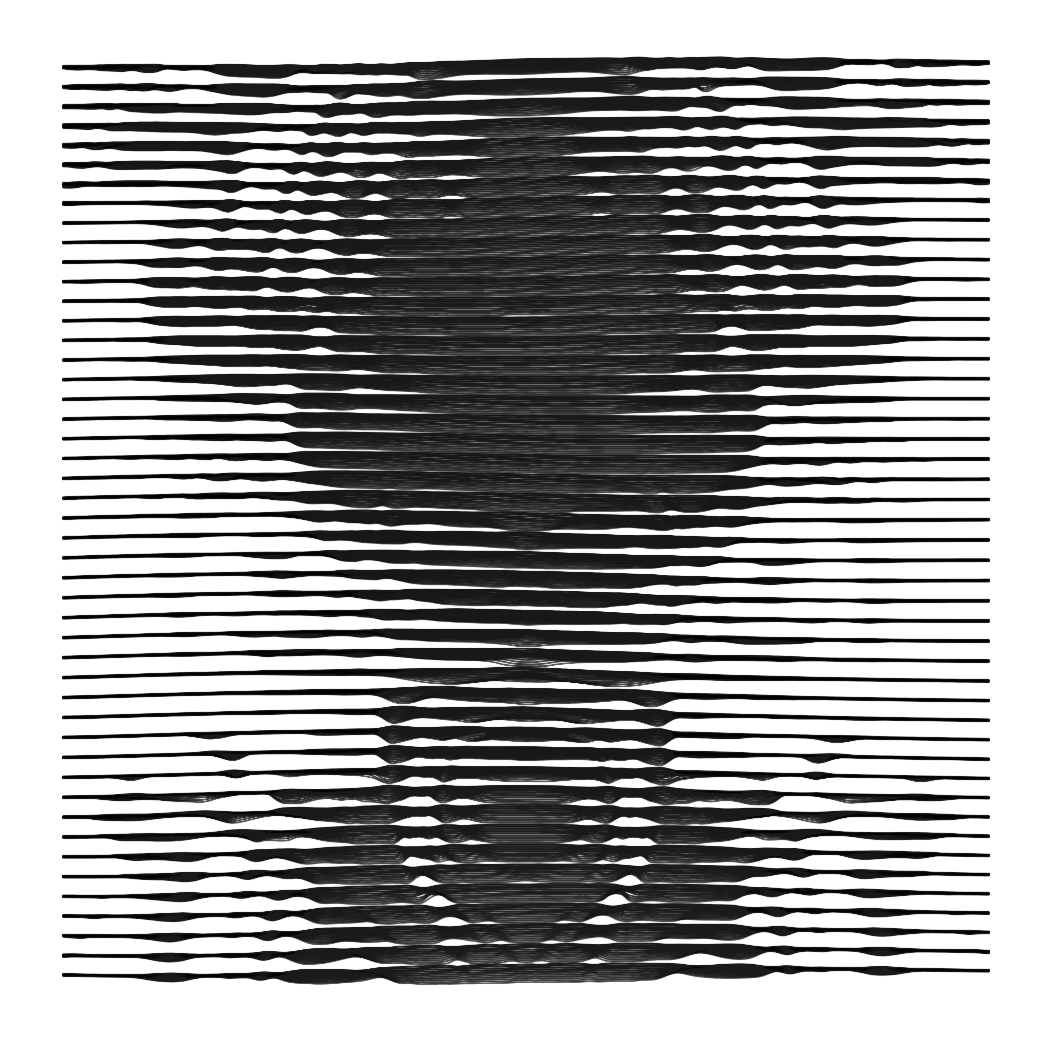
inks used
As I expected, black was the most common ink used. It's pretty good to get nice contrasts, especially on important patterns.
Black is 25% of plots, then comes "Bloody Brexit" ink which is a dark blue (about 10%). then the great "Red Dragon" which is a strong red (about 8%). Then indigo and turquoise take about 5% each.
I don't have precise stats because OpenSea is still indexing.
colors-duality
About 20% of the picks are using two colors so it was an undeniable search from minters.
I was very interested by the combination of colors that were chosen, some I had never considered in the past and it truely was a revelation to me on some ink coupling to try more in future.
Undocumented rarity of Pattern 03
There were a few surprises that I didn't document but that some of you found out!
"partial" lines
Another dimension of the "colors duality" is actually to have the second color not plotted at all, it makes it back to one color but with part of the pattern that is simply disabled.
It's about as rare as having a dual color. And it was used by a few pieces.
it allowed to keep only one line here:
#6777 BY 0X44DC...F3BD  #6736 BY 0X04C4...A644
#6736 BY 0X04C4...A644 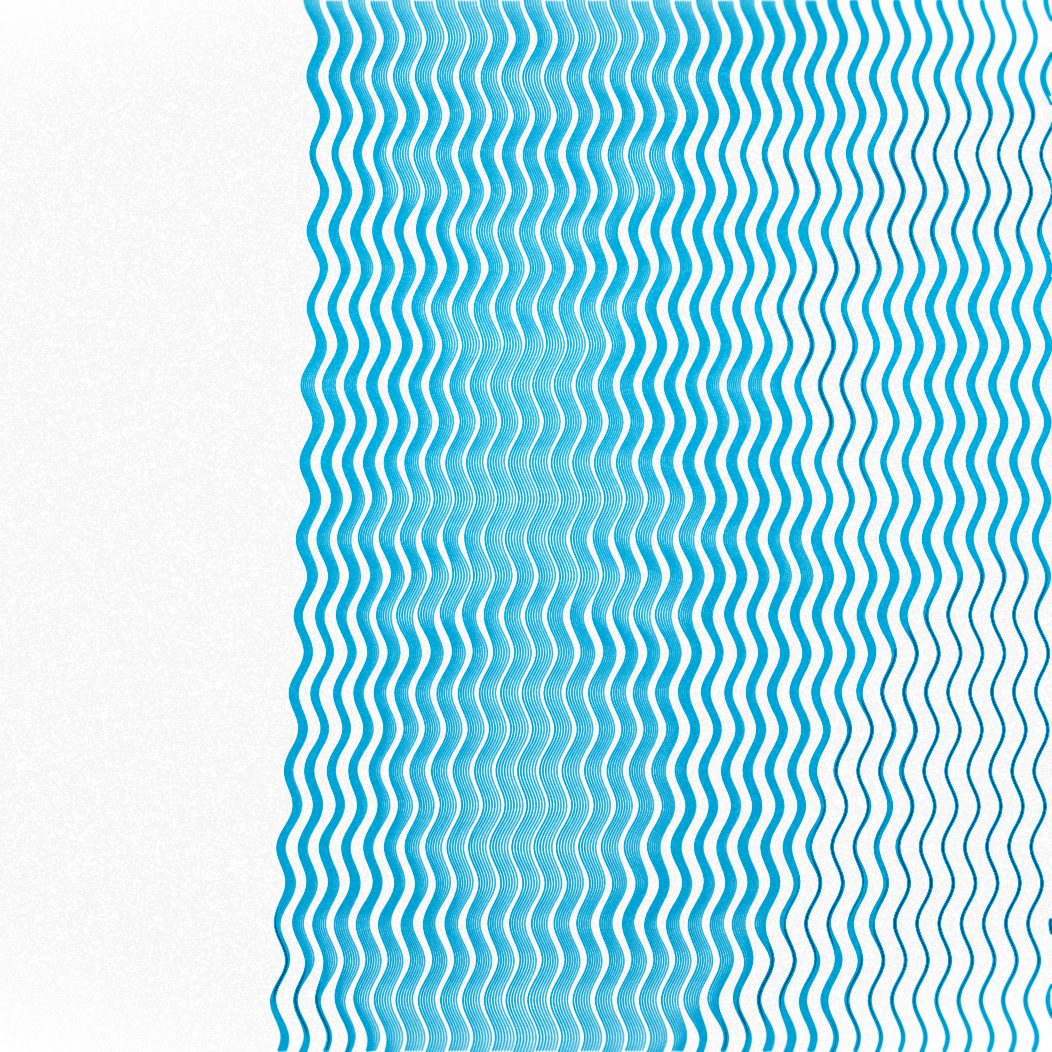
there are many other examples of "partial" lines.
The "strikethrough" lines.
I've made it possible that on top of borders, there would be some strikethrough lines. It was both a really rare feature and also very hard to use properly in a way that it's really estetic. It allows to "divide" the space of the canvas.
Here are technically all the possible strikethrough:
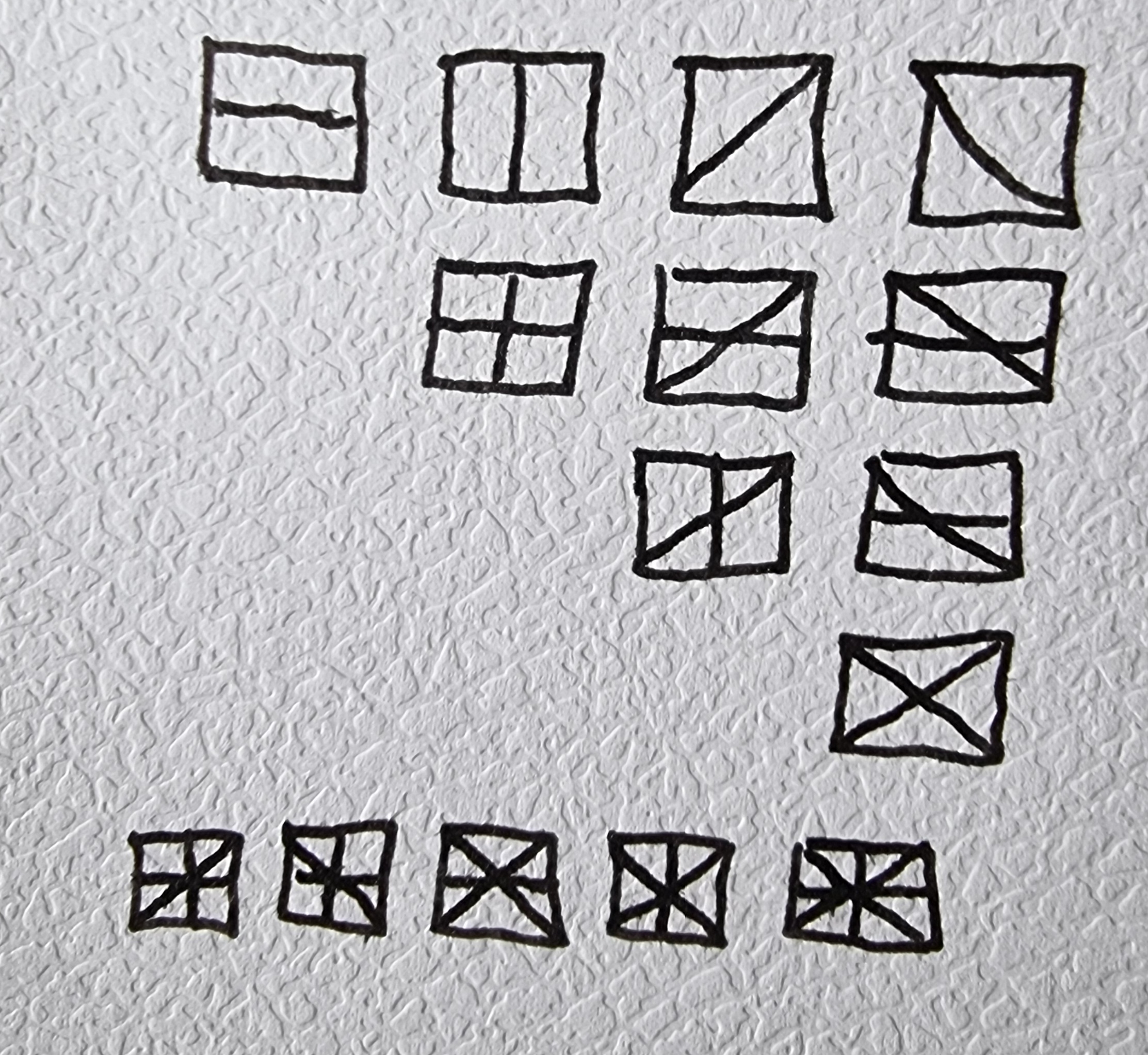
Here is a prototype plot that shows how lines blends:
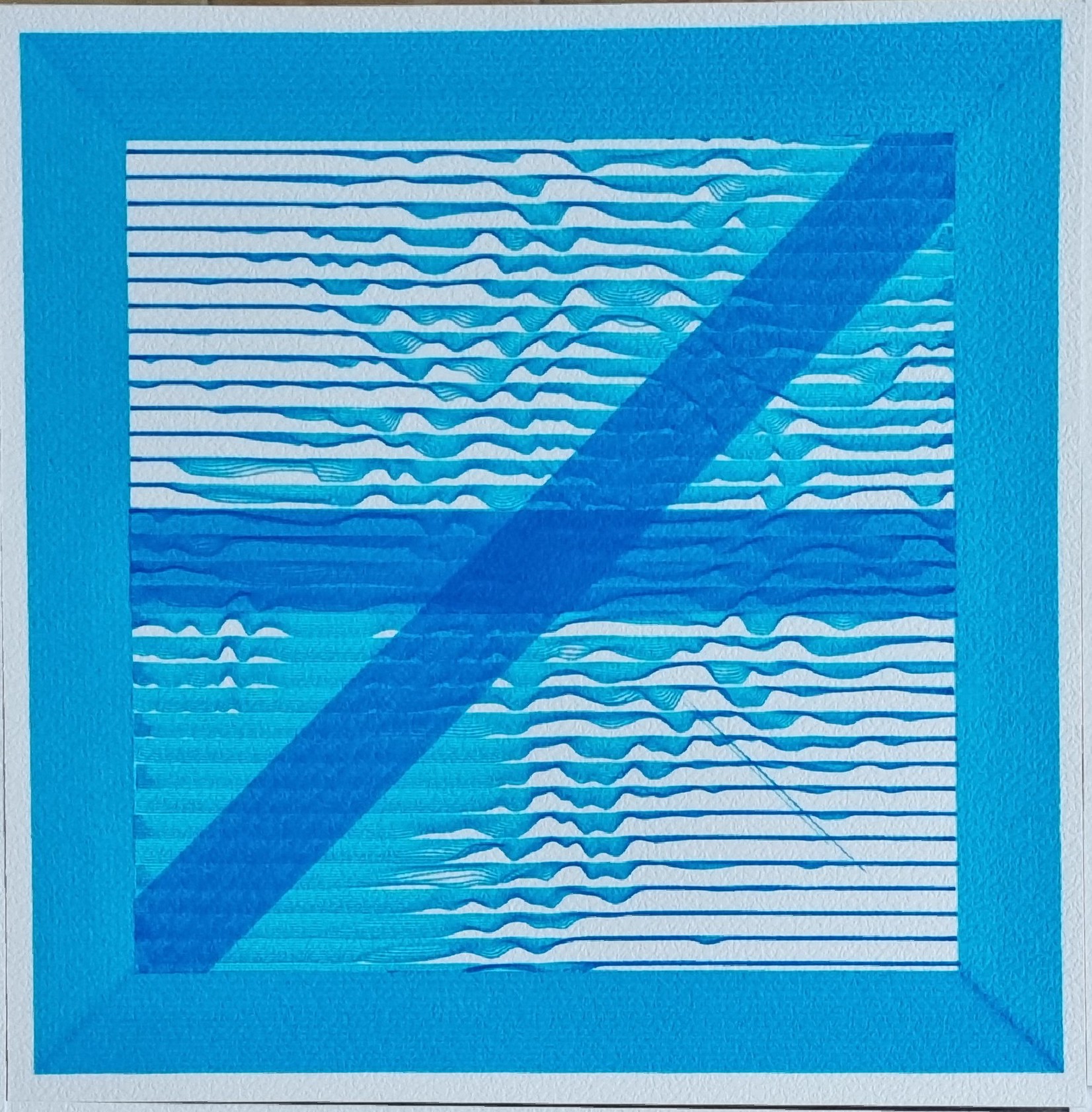
It's not easy to "simulate" in the digital version and be 1:1 with the physical result because all the parameters at stake with the fountain pen, ink and paper.
Technically, the SVG have a lot of lines that goes back and forth to achieve this:

One of the mint:
Ink saturation
One of the important feature I developed was to try to simulate the effect of important amount of ink. This is something you can see at stake in https://mountainofink.com/blog/diamine-pink which is one of the ink I use.
Here are 3 examples:
#6802 BY 0X04C4...A644 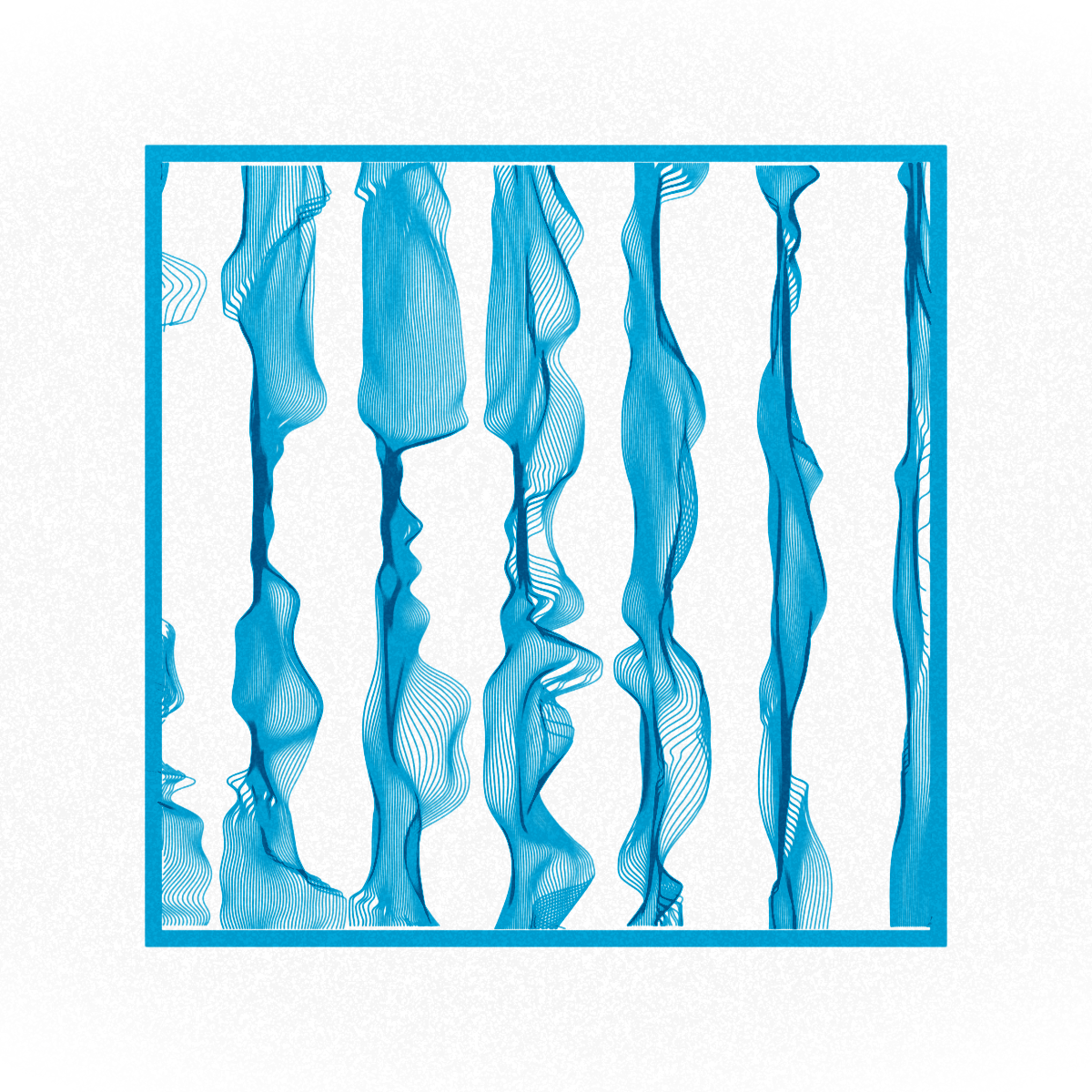 #6804 BY 0XAE68...FBE3
#6804 BY 0XAE68...FBE3 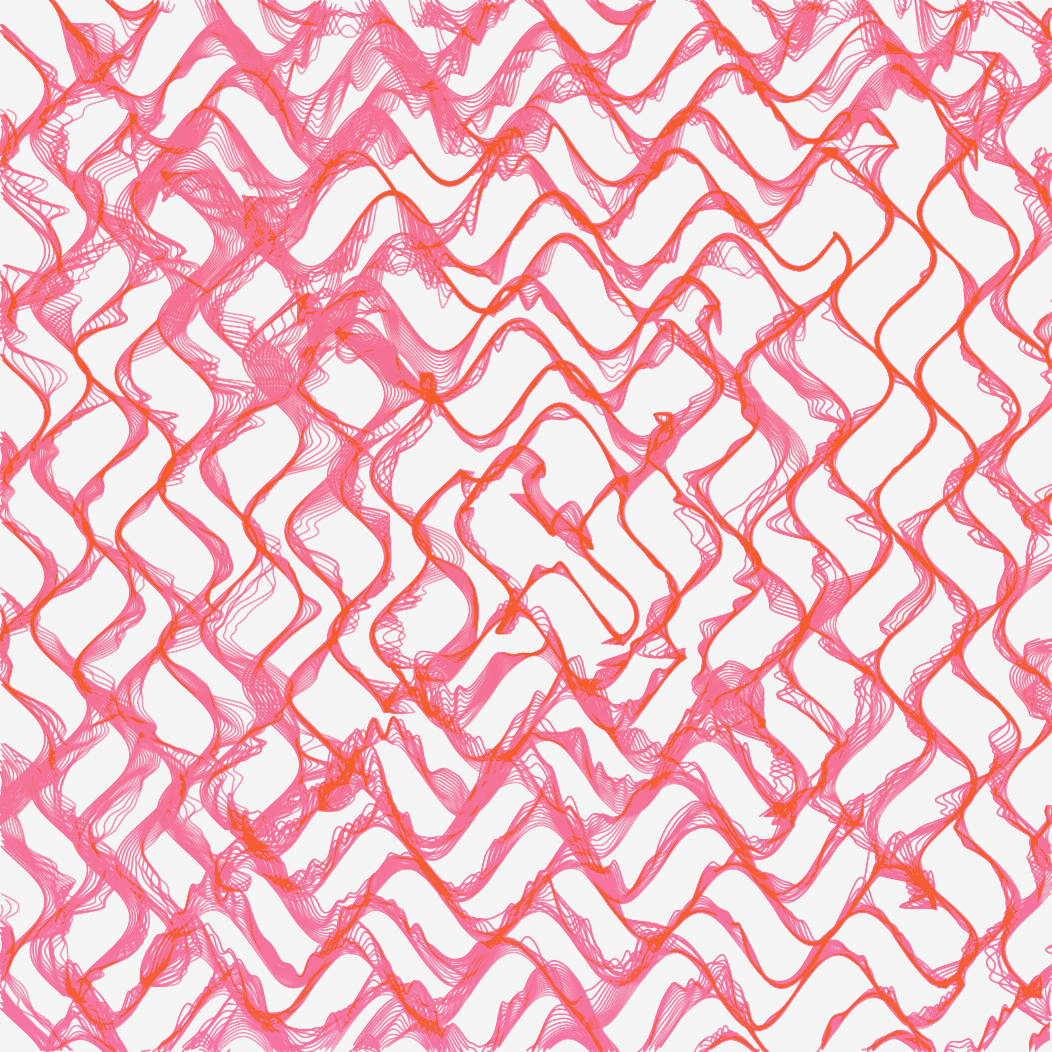 #6800 BY 0XE20A...866E
#6800 BY 0XE20A...866E 
that last one will be particularly interesting to plot because of the "red-ish" effect of that ink.
Curly loops: a rarity that wasn't found! (correct me if i'm wrong)
There were a rare possibility that the displacement would have been so high that it would have make lines curly.
This was in the prototype:
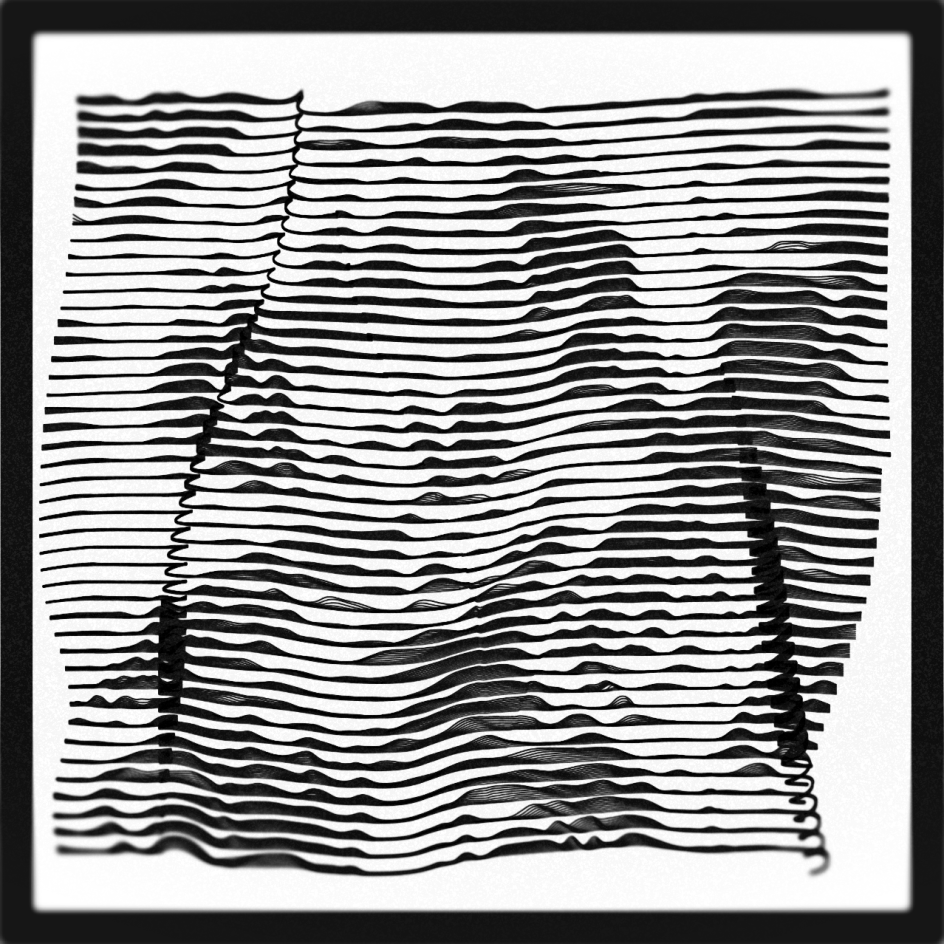
I have to admit this property is pushing the plotting to a certain extreme because small curls often will be too hard for the paper and the pen will start digging through it. So i'm relief 50% of the plots are not like this. 😅
Organic rarity
There are rarity aspects that happened organically and that I didn't planned or anticipate at all. That is the beauty of generative art in general. It goes beyond its creator.
low/stable f noise values
(refer to first article for explanation of f)
While there were indeed a possibility for the f value to go low or having a very similar value, I didn't anticipate it would be used as a feature and having other factors (e.g. displacement)
So these art appear to not have f noises at all:
(fun fact, this block was minted 3 times!)
#7025 BY 0X91D7...28B3 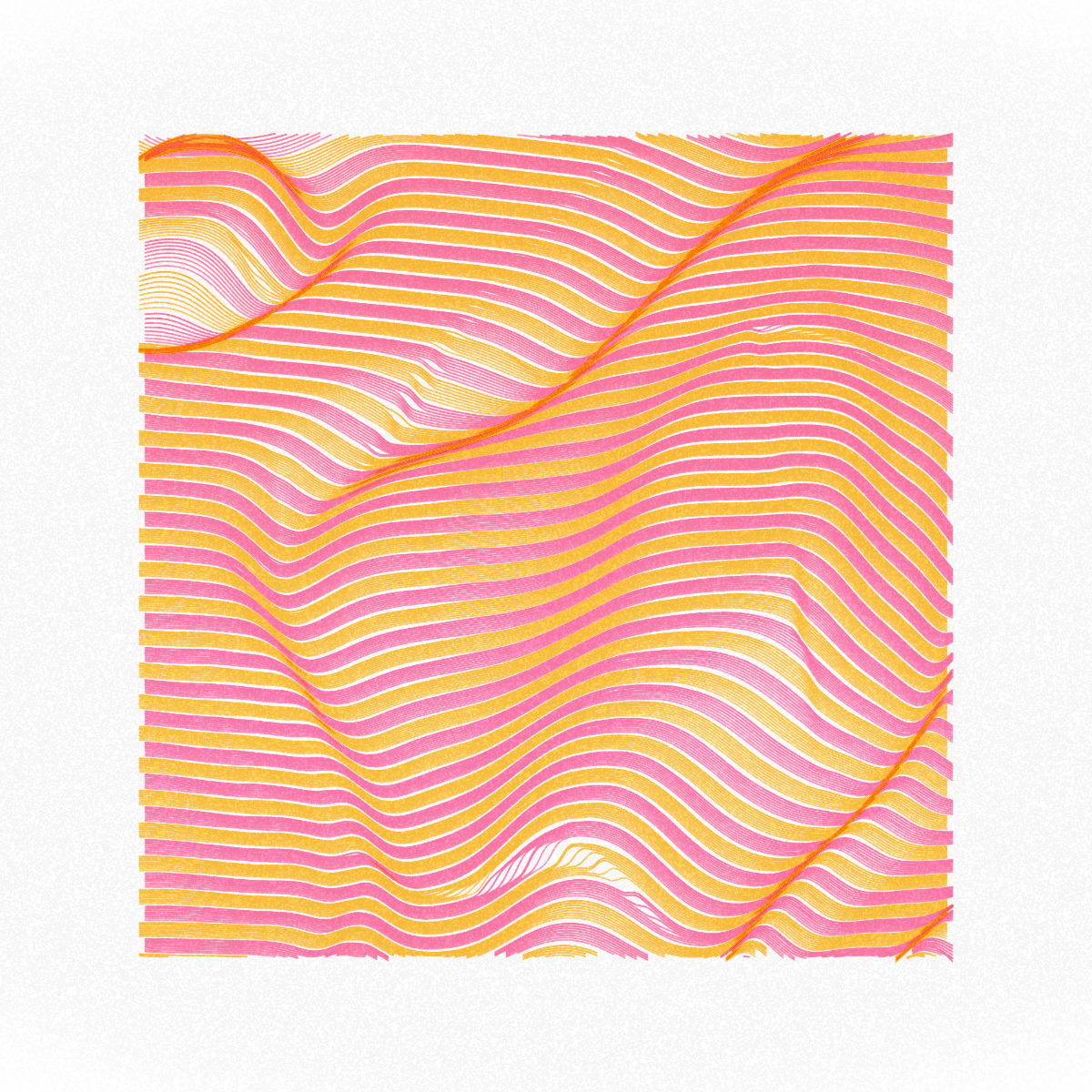
as well as this one which nearly have no f but have an heavy cos displacement and a pattern I never expected:
There are a few similar pieces having these wavy displacement
#7193 BY 0X9422...17DF 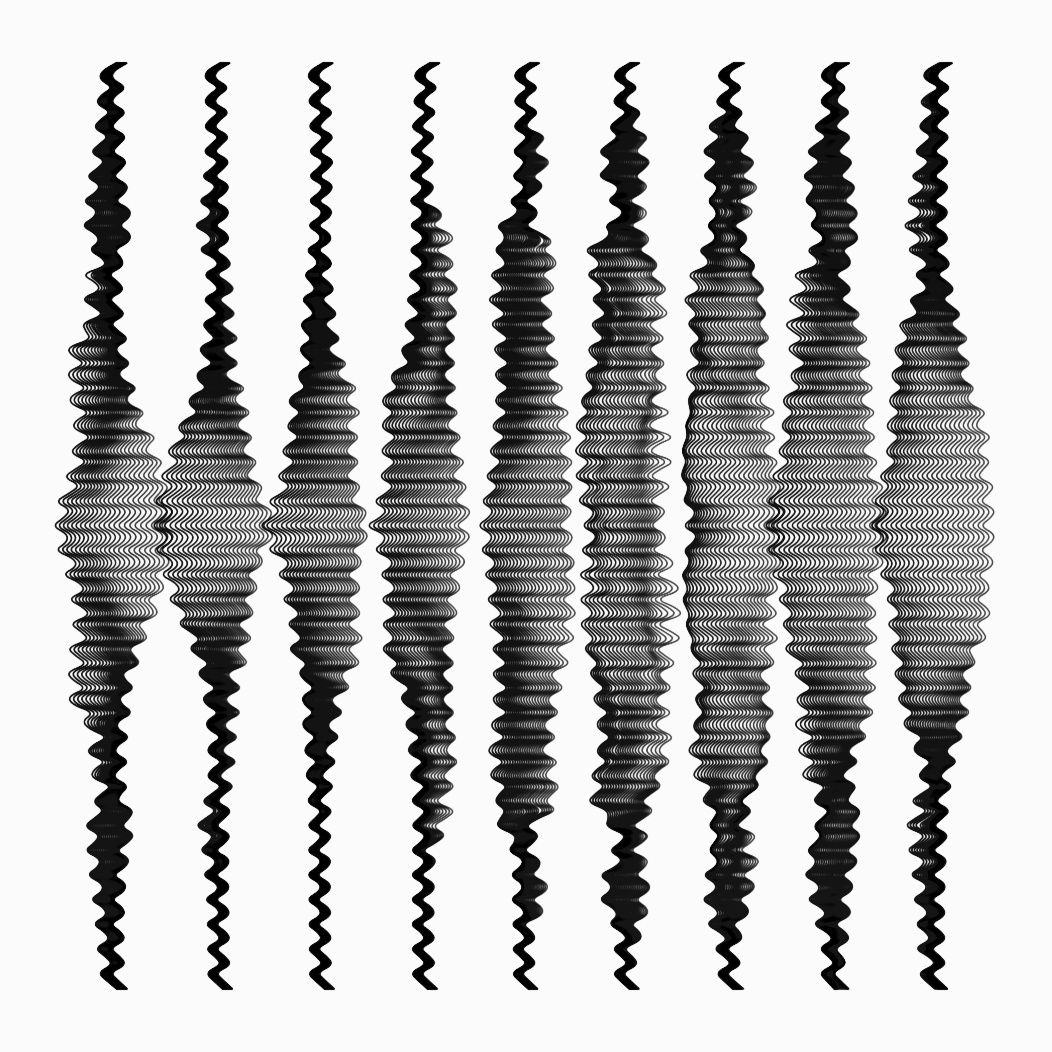 #6938 BY ZEROLIGHTING.ETH
#6938 BY ZEROLIGHTING.ETH 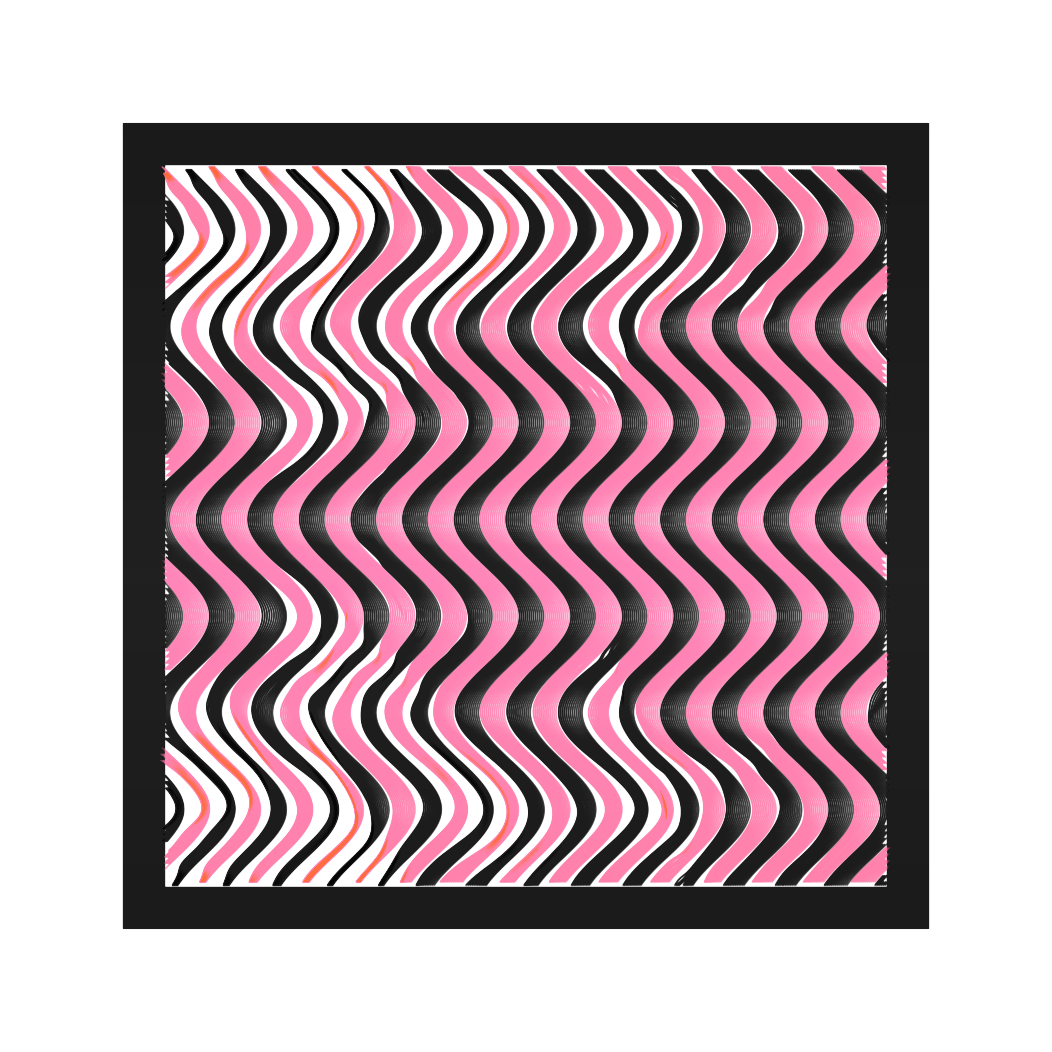
Great usage of the "radial gradient"
One uncommon feature of the generator was to create concentric circles. It can happen either by "removing" or by "adding" into the f factor. It was curated in various interesting ways.
#7049 BY PSYCHOKILLER.ETH 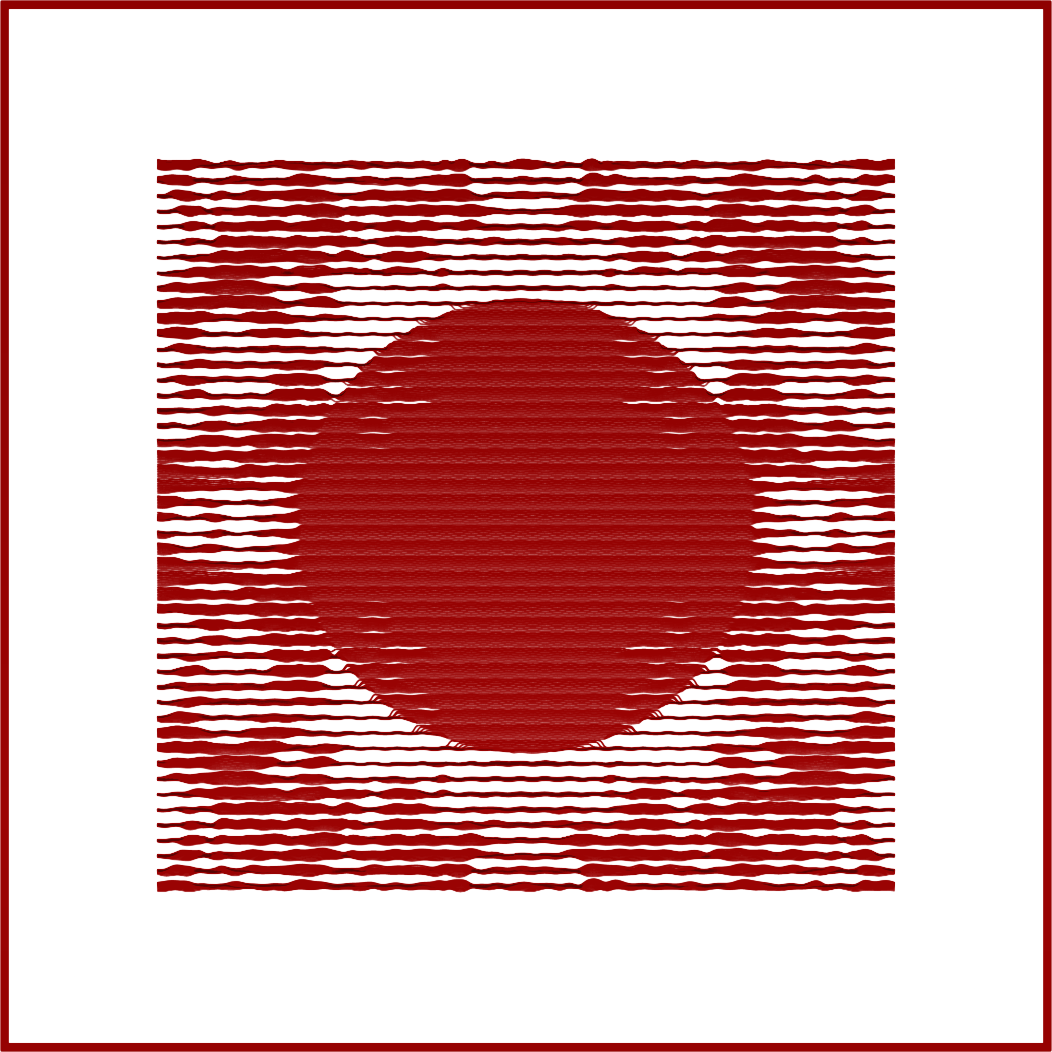 #7042 BY GABRIELLEMIC.ETH
#7042 BY GABRIELLEMIC.ETH 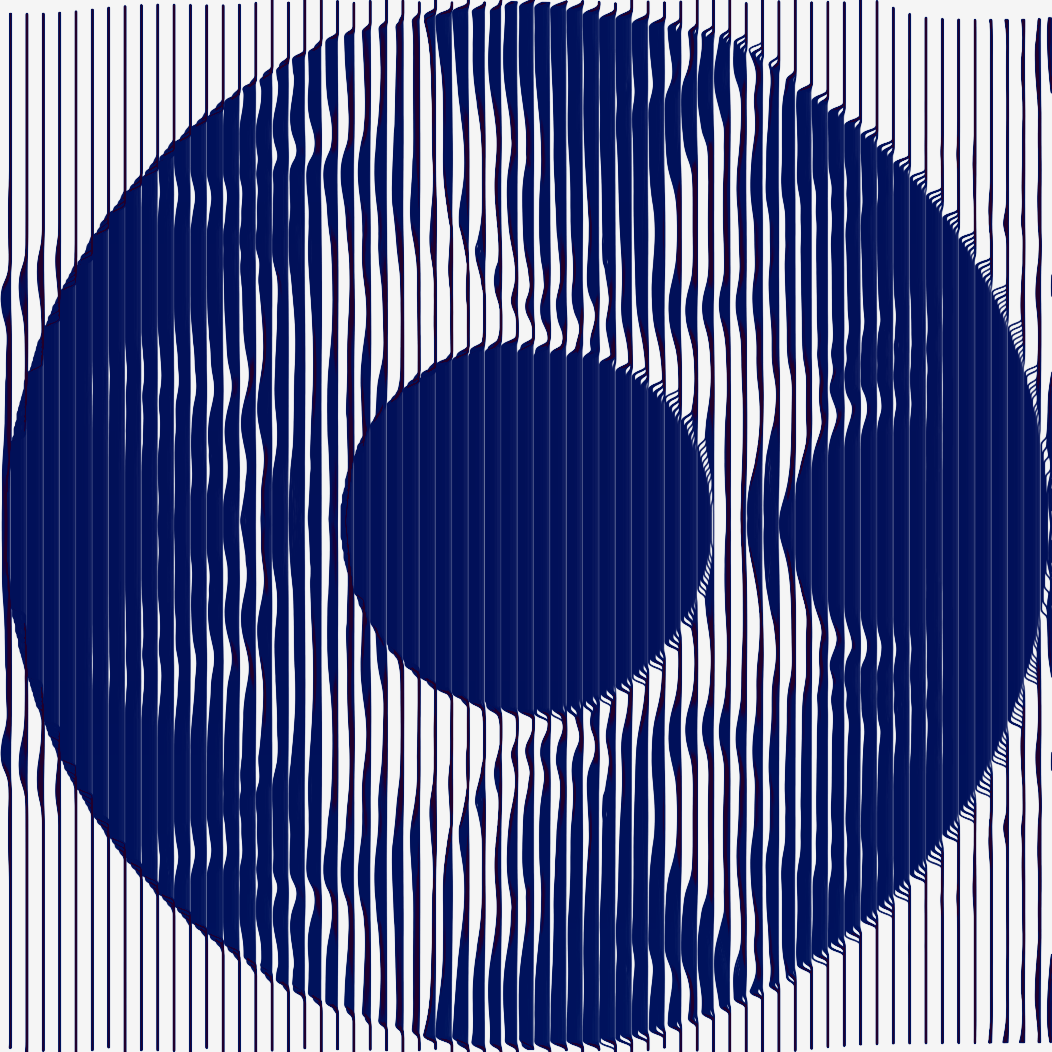 #7178 BY PBOCK.ETH
#7178 BY PBOCK.ETH 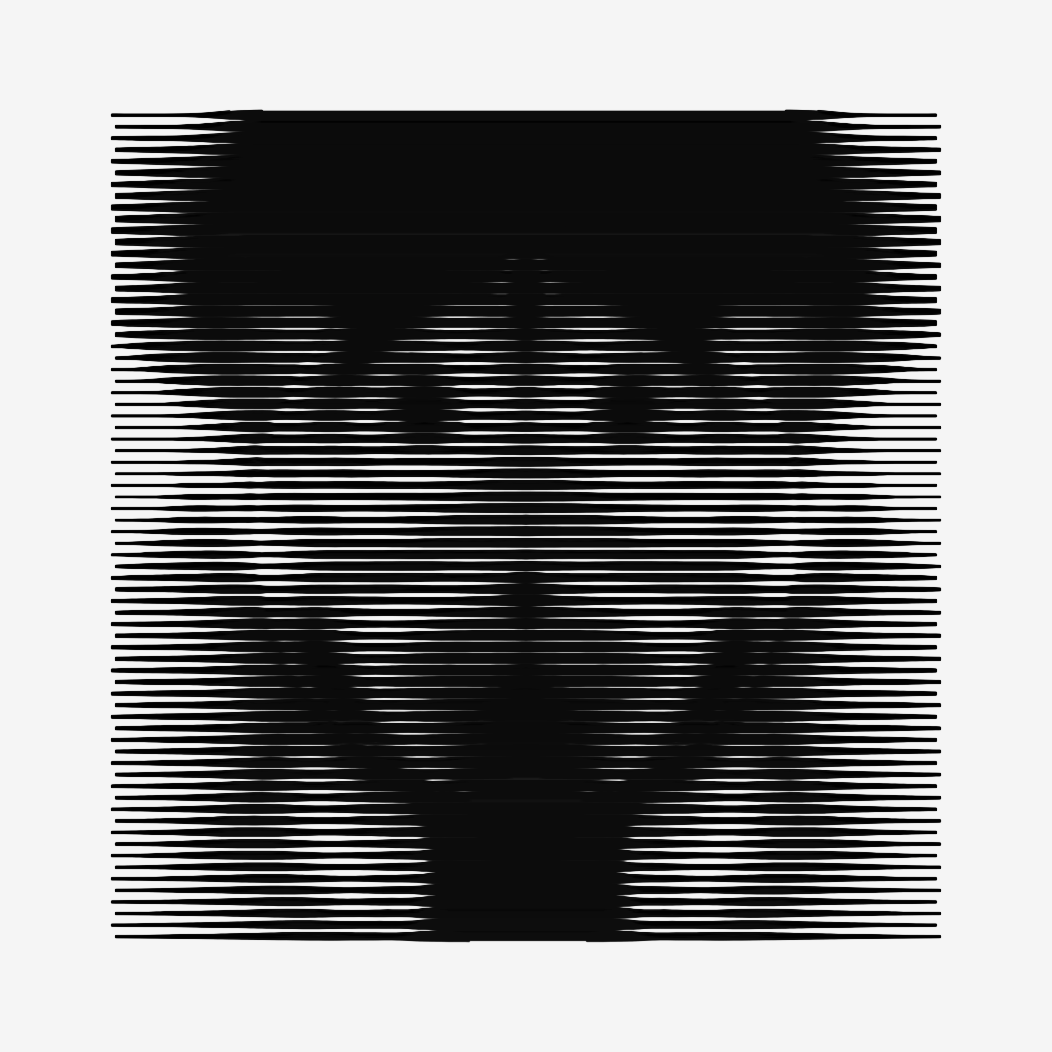 #6714 BY 0XE20A...866E
#6714 BY 0XE20A...866E 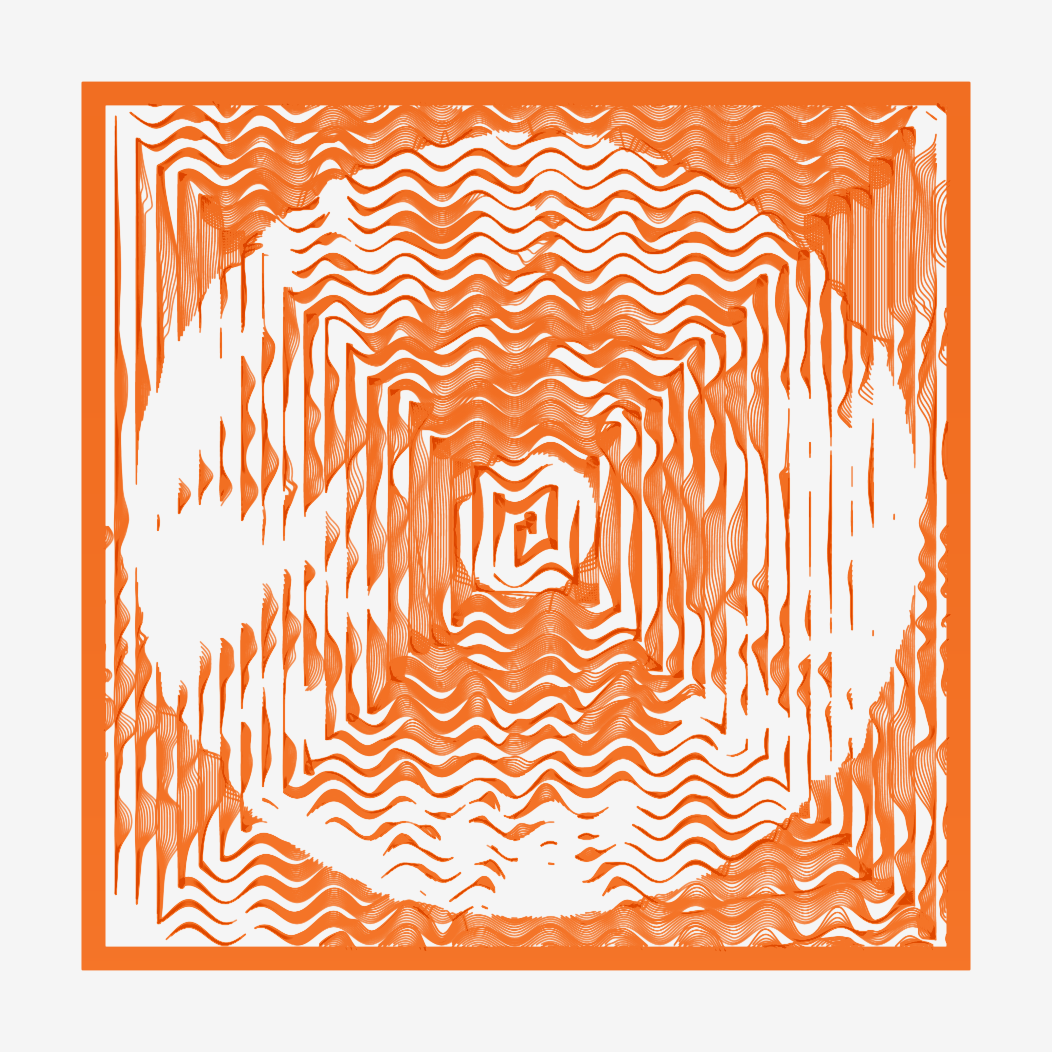
Pushing the plots to their extreme
I'm not astonished that some mints pushed the generator to its extreme boundaries but some of the picks still surprised me.
very low line resolution (mod5) with white holes:
extreme displacement and f going beyond 1.0 (so it overlaps the next line)
one liner
invisible art (which funnily I tried to prevent but you still found one!)
extreme amount of lines
A LOT OF OTHER COOL THINGS! impossible to cover everything.

